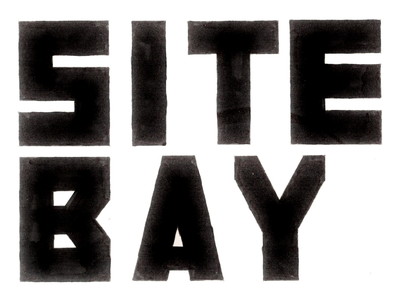SITE BAY YOKOHAMA
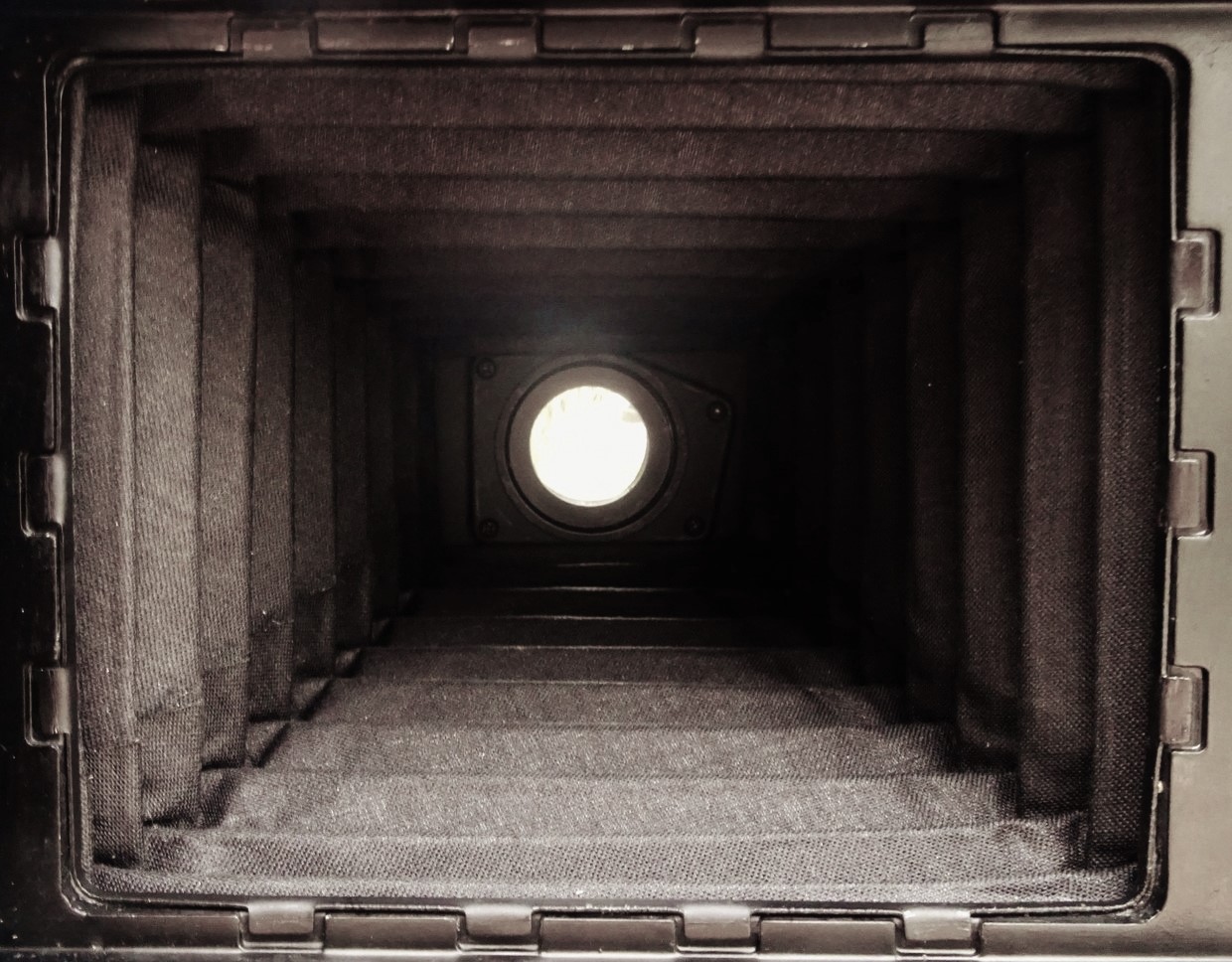
Nostalgic Polaroid
懐かしきポラロイド
Camera Obscura
写真前史 カメラ・オブスキュラ
The principle of the camera obscura has been used since the 13th century to observe eclipses and other events, and around the 15th century it was used by artists such as Leonardo da Vinci as a device for painting. In 1553, Italian polymath Giambattista della Porta recommended the Camera Obscura as a useful device for painting, using a lens to form an image on white paper and tracing the image on the paper. The use of camera obscura and advances in lenses would lead to the invention of photography 270 years later.
Daguerreotype and Calotype
写真前史 ダゲレオタイプとカロタイプ
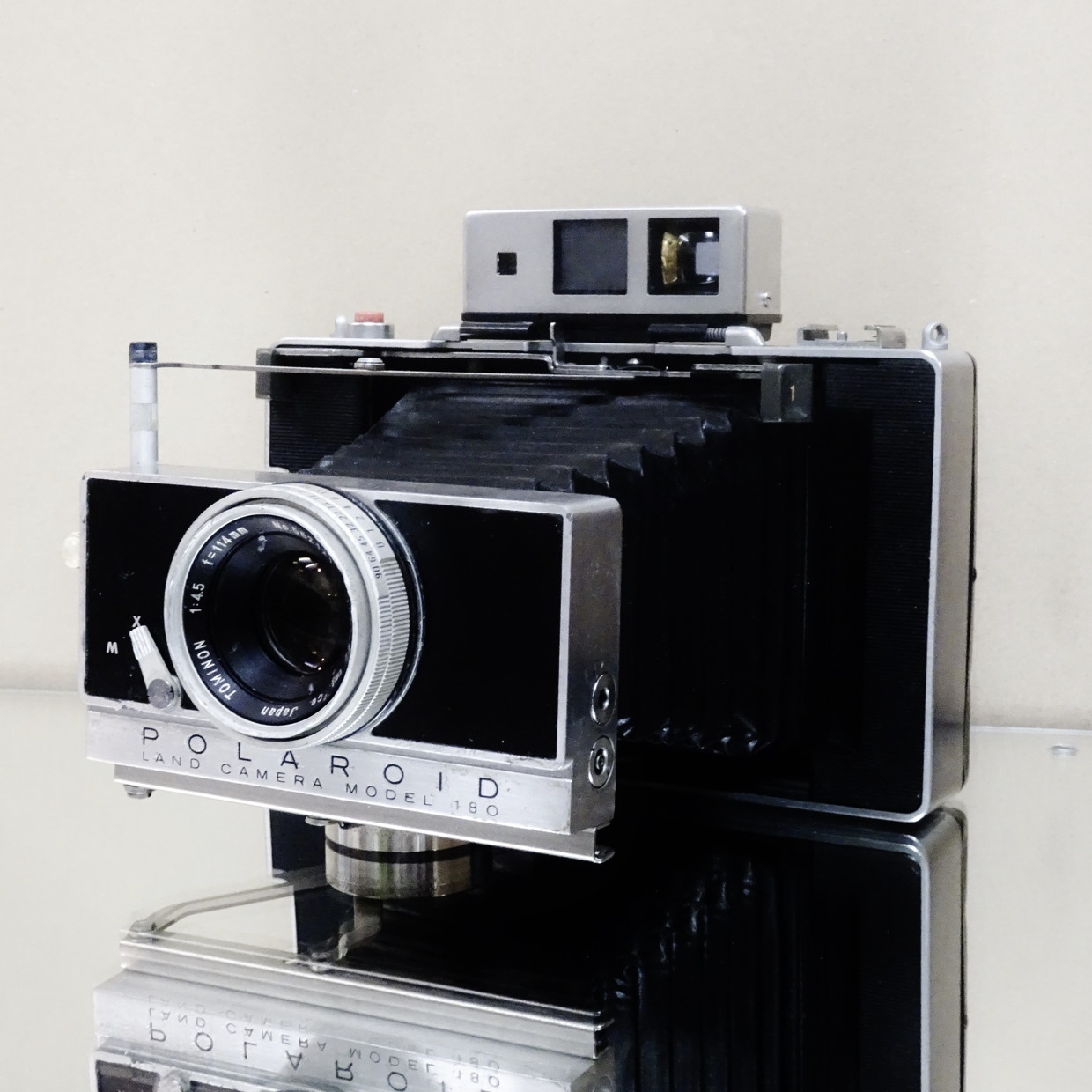
Polaroid land camera model 180
写真史における写真技術の源流には、ダゲレオタイプ(銀板写真)とカロタイプがあります。写真の発明は、1824年にニエプスによりカメラ・オブスクラの画像を独自の感光剤に定着させた事を起源としています。ダゲールは1829年からニエプスと共同研究を行い1839年にダゲレオタイプを完成させました。
ダゲレオタイプは、ダゲールにより発明され、ポジ画像を直接、銀板上に定着してそのまま鑑賞する仕組みの為にダゲレオタイプの銀板は左右反転した像となります。 金属板を使ったダゲレオタイプは高精細で高諧調でしたが、1画像を1点でしか再現できず複製技術としての普及はできませんでした。水銀を熱して蒸発させる技法は人体に危険な害がありますが、古いプロセスをあえて用いる現代の写真家たちの作品は高く評価をされています。
カロタイプは、フォックス・タルボットにより発明され、ネガ・ポジ法でネガフィルムで撮影して印画紙にプリントするフィルム写真の起源はカロタイプにあり、1枚のネガから何枚でも写真を作れることで、複製技術としての写真の発展に寄与しました。フィルム写真の撮影技術の多くは、現在のデジタル写真システムに受け継がれています。
The origins of photographic technology in the history of photography include the daguerreotype (silver plate photography) and the calotype. Photography was invented by Niepce in 1824, when the camera obscura image was fixed to a unique light-sensitive agent. It has its origins in the work of the daguerreotype. From 1829, Daguerre and Niepce worked together to perfect the daguerreotype, which was invented by Daguerre. The daguerreotype, invented by Daguerre, is a positive image that is fixed directly onto a silver plate and can be The daguerreotype silver plate is inverted left to right because of the mechanism that makes it possible to reproduce a single image. The daguerreotype, which used metal plates, had high resolution and high gradation, but it could only reproduce one image at a time, so it was a duplicate It did not become popular as a technology. The calotype was invented by Fox Talbot and was shot on negative film using the negative/positive method and The origin of film photography, which is printed on photographic paper by hand, is in calotypes, and it is possible to print any number of photographs from a single negative. contributed to the development of photography as a reproduction technique by being able to make Many of the techniques of film photography have been carried over into today's digital photographic systems.
Eugène Atget and Walter Benjamin.
写真前史 ウジェーヌ・アジェとヴァルター・ベンヤミン
Eugène Atget
1857年2月12日~1927年8月4日
旅回りの役者出身のウジェーヌ・アジェは貧しく無名の生活の中で、早朝パリの街角に立ち人影のない都市の風景を、リアルで妥協のないガラス板のネガティブ画像に正確に写し取りました。 アジェの写真が示した都市の細部への拘りと冷淡とも言える眼差しは、後にシュルレアリストたちに見出され1926年マン・レイにより「シュルレアリスム革命」誌に作品3点が掲載されました。 アジェは、臭化銀ゼラチン乾板をネガとして使用し印画紙には鶏卵紙を好んで使い、印画紙とネガを密着させて太陽光で焼き出しを行うプリント方法は引き伸ばし法の発達とともに徐々に廃れていきました。
Eugène Atget
February 12, 1857 - August 4, 1927
Eugène Atget, a native itinerant actor, lived in poverty and obscurity, standing on a Parisian street corner early in the morning, capturing the city's deserted landscape accurately in a realistic and uncompromising negative glass plate image.Atget's photographic attention to urban detail and cold-heartedness was later discovered by the Surrealists, and in 1926 Man Ray published three of his works in the journal Surrealist Revolution.Atget preferred to use silver bromide gelatin dry plates as negatives and hen egg paper as photographic paper, and the printing method, in which the photographic paper and negatives were printed in close contact with each other and baked out in sunlight, gradually became obsolete with the development of the drawing method.
ヴァルター・ベンヤミン
Walter Benjamin
1892年7月15日~1940年9月26日
ヴァルター・ベンヤミンは、アジェの写真作品に芸術のアウラの消失を見た思想家で、芸術にある「いま・ここ」という1回性が複製技術によって消失する過程を論じています。 アジェの写真表現から多くのインスピレーションを得たその思想は「写真小史」(1931年)、「複製技術時代の芸術」(1936年)、「パリ・パサージュ論」(1935年~1939年)へと受け継がれてゆき、 「パサージュ論」では、19世紀から20世紀までのパリの街路の変遷についての考察が記述されています。アドルノは、ベンヤミンとの往復書簡の中で芸術自体の自律性によってもアウラの消失が見られるとして批判しています。
Walter Benjamin
July 15, 1892 - September 26, 1940
Walter Benjamin was a thinker who saw the disappearance of the aura of art in the photographic works of Atget, and he discussed the process by which the "here and now" of the singularity of art disappears through reproduction technology.This idea was carried on in "A Short History of Photography" (1931), "Art in the Age of Reproduction Technology" (1936), and "Paris Passage Theory" (1935 - 1939).In "The Theory of Passage," he describes a discussion of the evolution of the streets of Paris from the nineteenth to the twentieth century. Adorno, in his correspondence with Benjamin, criticizes the disappearance of the aura even by the autonomy of art itself.
Why can't I see it right away?
「どうしてすぐに見られないの?」
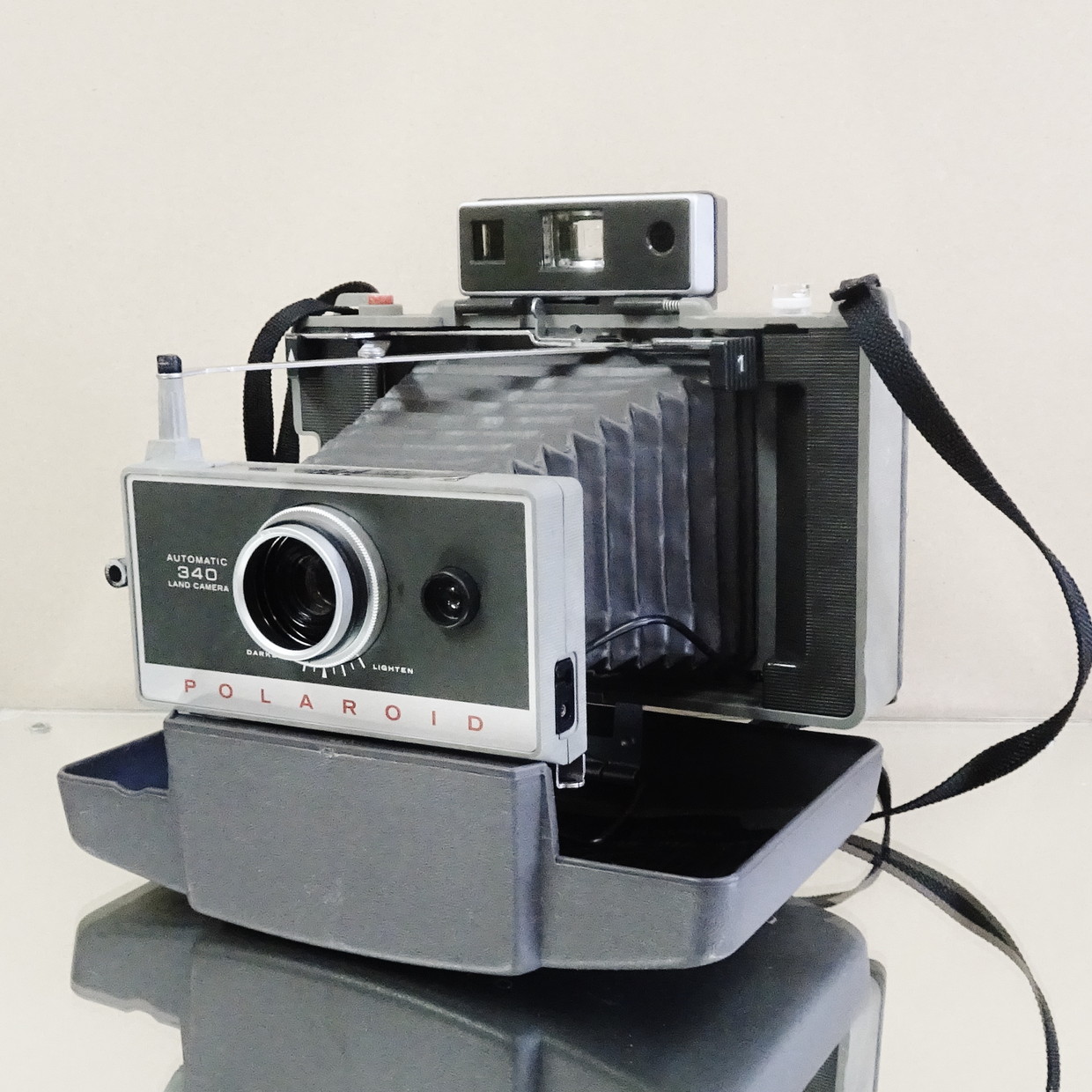
Polaroid land camera model 340
合成偏光板の研究者だったエドウィン・H・ランド博士は、偏光板の製造技術を事業化してポラロイド社を設立しました。ランド博士が家族写真をカメラで撮影した際に、愛娘が「どうしてすぐに見られないの?」と単純な質問をしました。愛娘の欲求を機会に拡散転写法による短時間での画像形成法の研究を開始してインスタント写真を開発しました。
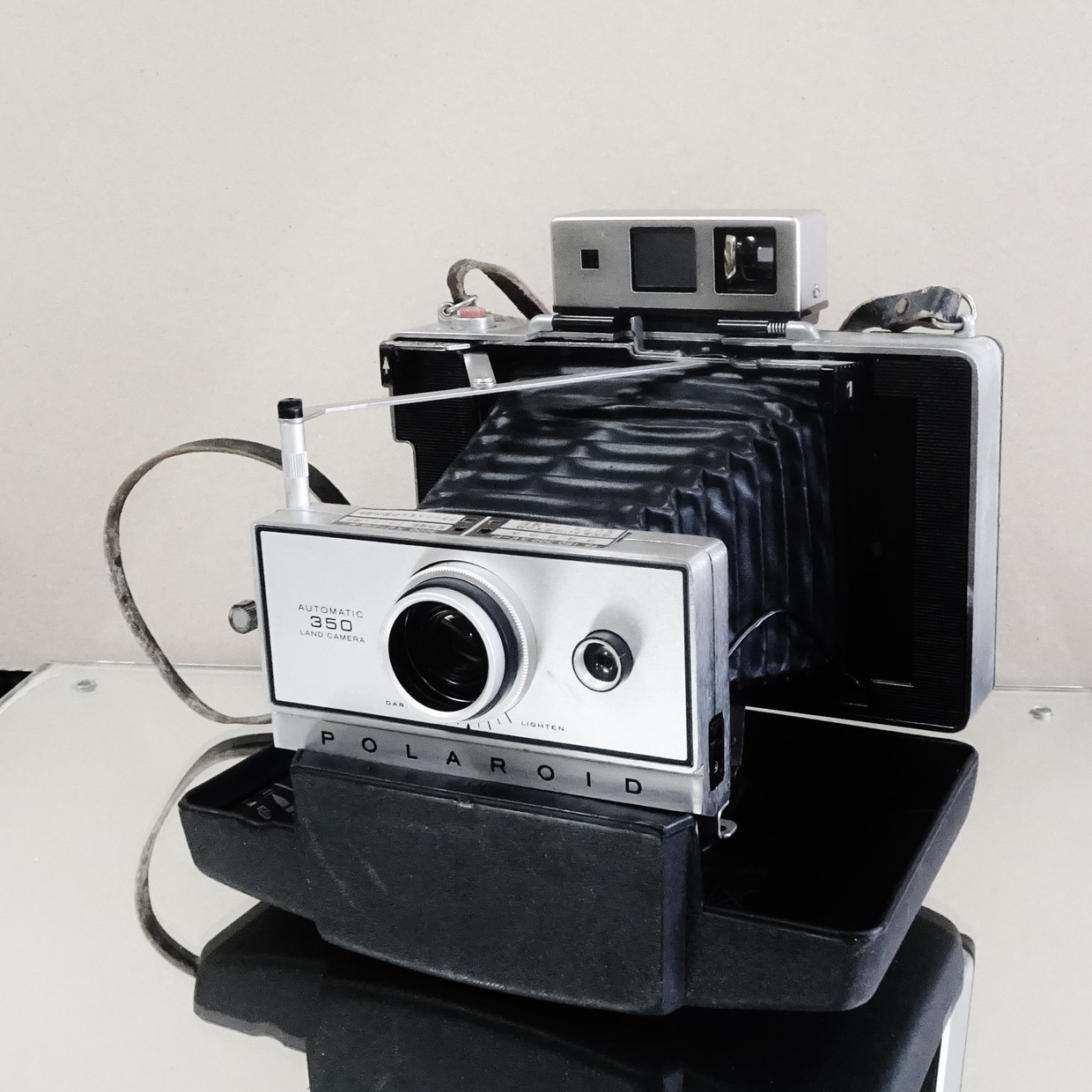
Polaroid land camera model 350 1971-1975
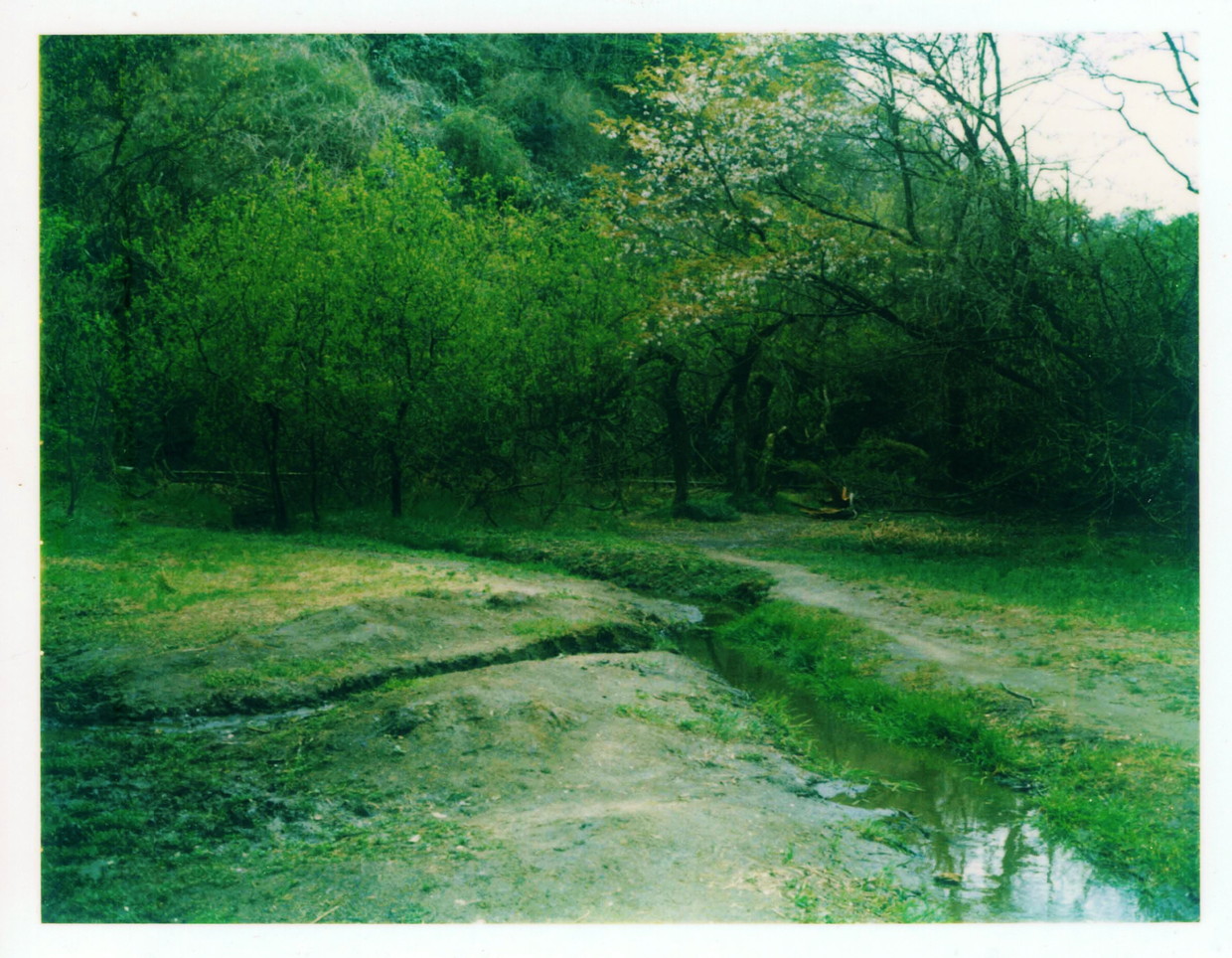
Polaroid 690 film + Polaroid land camera 350 / Segamiike Kazutaka Kitamura 2007 Yokohama
1947年にアメリカ光学協会でエドウィン・H・ランド博士により発表された1分間で仕上がる写真は1分間写真プロセスと名付けられました。ポラロイド写真の仕組みはダゲレオタイプのポジ画像を直接定着する仕組みに似ています。フィルム自体に暗室の機構を備えてインスタントに画像を得られるポラロイド写真はダゲレオタイプのように1点物の高精細な画像を得られる事や独特な色調などでも評価されています。また、プリント写真の巨匠アンセル・アダムスは、長い間ポラロイド社の技術コンサルタントを努めています。
拡散転写法
ポラロイドインスタントフィルムの現像の仕組みは、拡散転写法と呼ばれています。ピールアパートタイプ(引きはがし方式)とモノシートタイプ(一体構造方式)共にプロセスは同じです。 撮影をするとフィルムの露光されたネガ部から未現像ハロゲン化銀が受像層へ拡散します。露光ハロゲン化銀は、還元されて金属銀になります。未露光ハロゲン化銀はポジ部受像層へ移動してポジ画像を形成します。参考資料 ポラロイドのすべて 朝日ソノラマ 編
Diffusion transfer process
The mechanism for developing Polaroid Instant Film is called the diffusion transfer process. The process is the same for both peel-apart and monosheet (monolithic) types. When you take a picture, the undeveloped silver halide diffuses from the exposed negative part of the film to the receiving layer. The exposed silver halide is reduced to metallic silver. The unexposed silver halide is transferred to the positive part of the image receiving layer to form a positive image.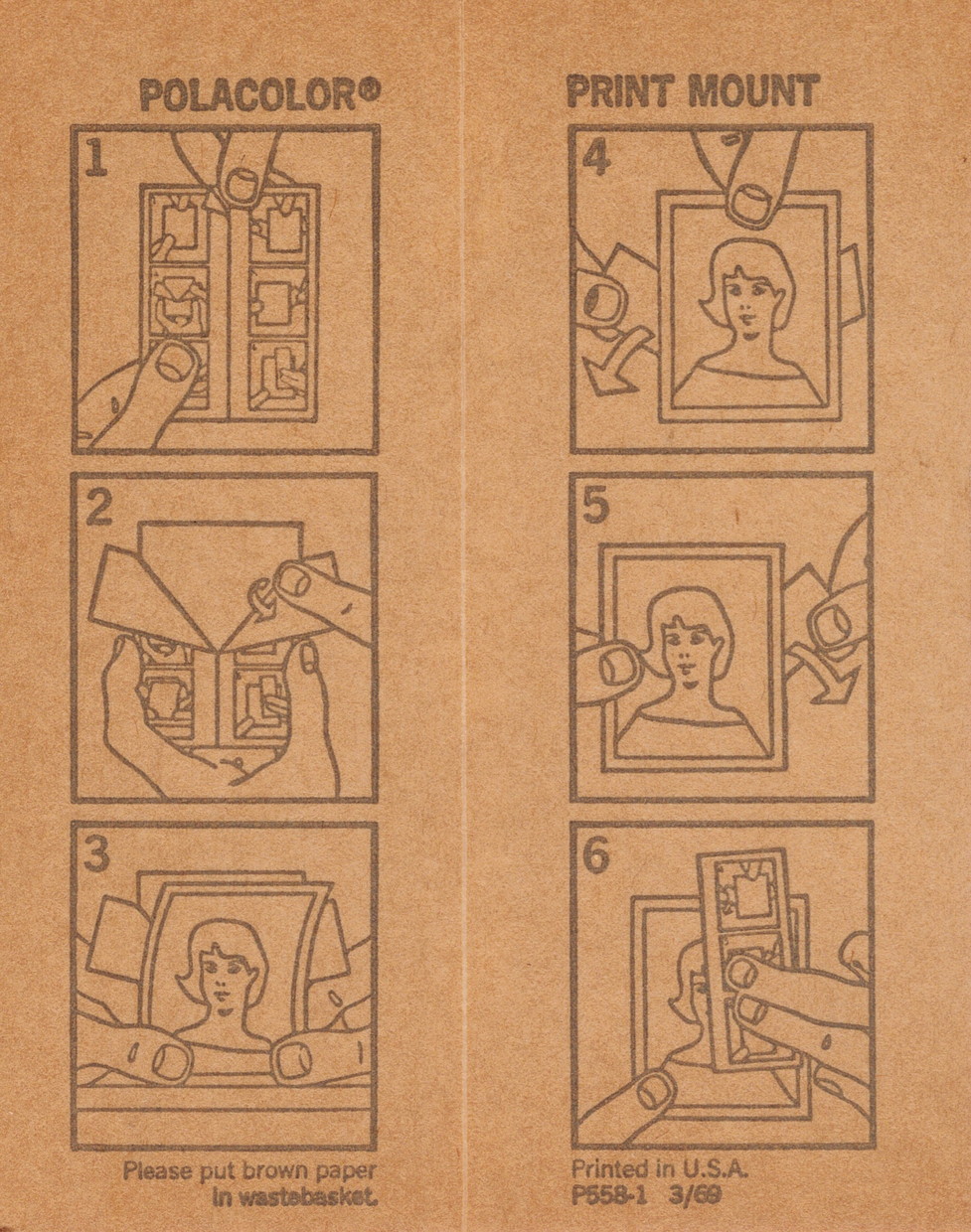
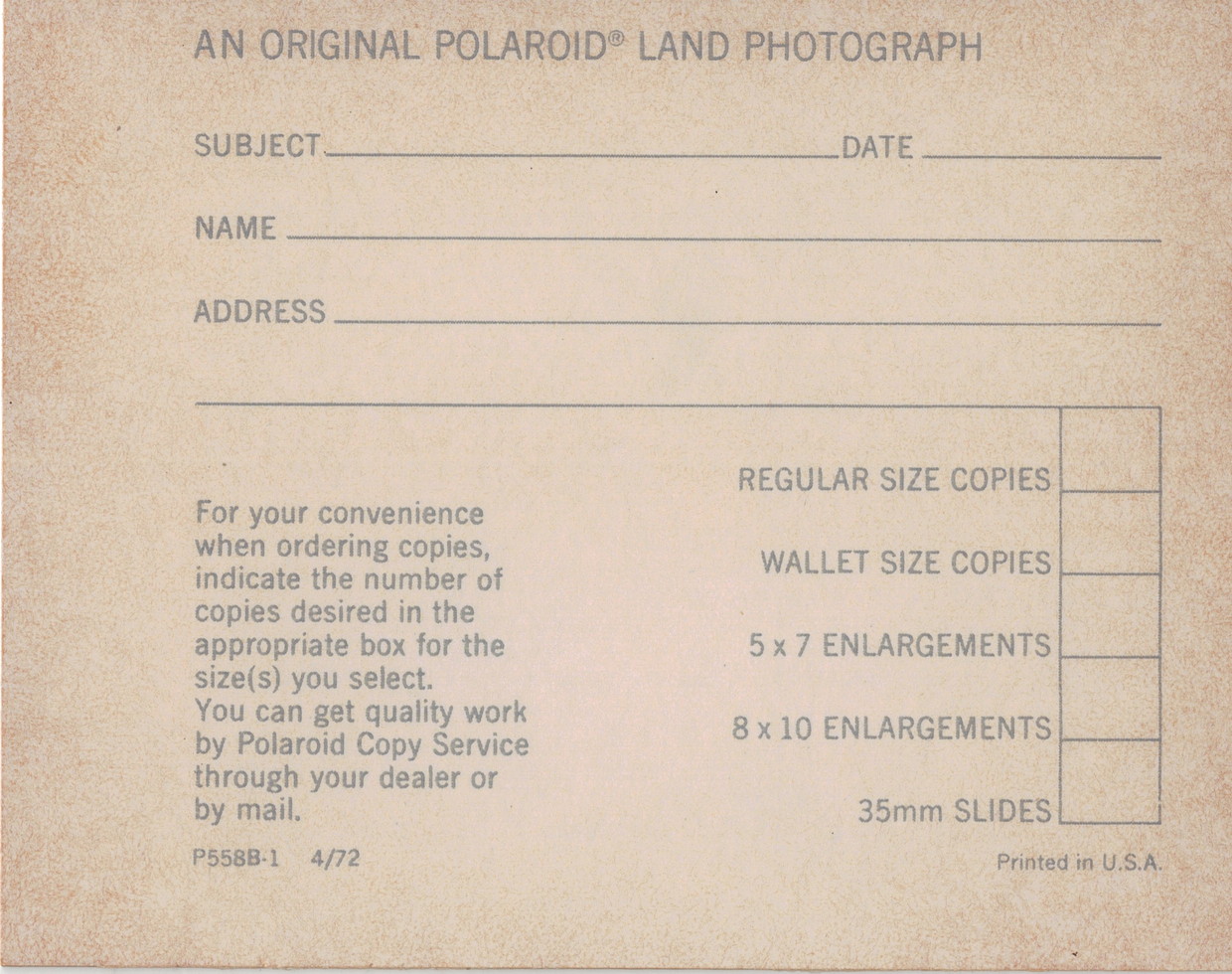
ポラロイドコピーサービス
1点物のポラロイド写真を郵送して焼き増ししてくれるサービス。
Polaroid Copy Service
A service that allows you to duplicate a one-of-a-kind Polaroid photo by mail.
Dr. Edwin Herbert Land, a synthetic polarizer researcher, founded Polaroid, Inc. by commercializing the technology for manufacturing polarizers. When Dr. Land took a family photo with his camera, his daughter asked, "Why can't we see it right away? I asked him a simple question. His daughter's desire for instant photography on the occasion of his daughter's desire to start researching a method of image formation in a short period of time by means of diffusion transfer developed.
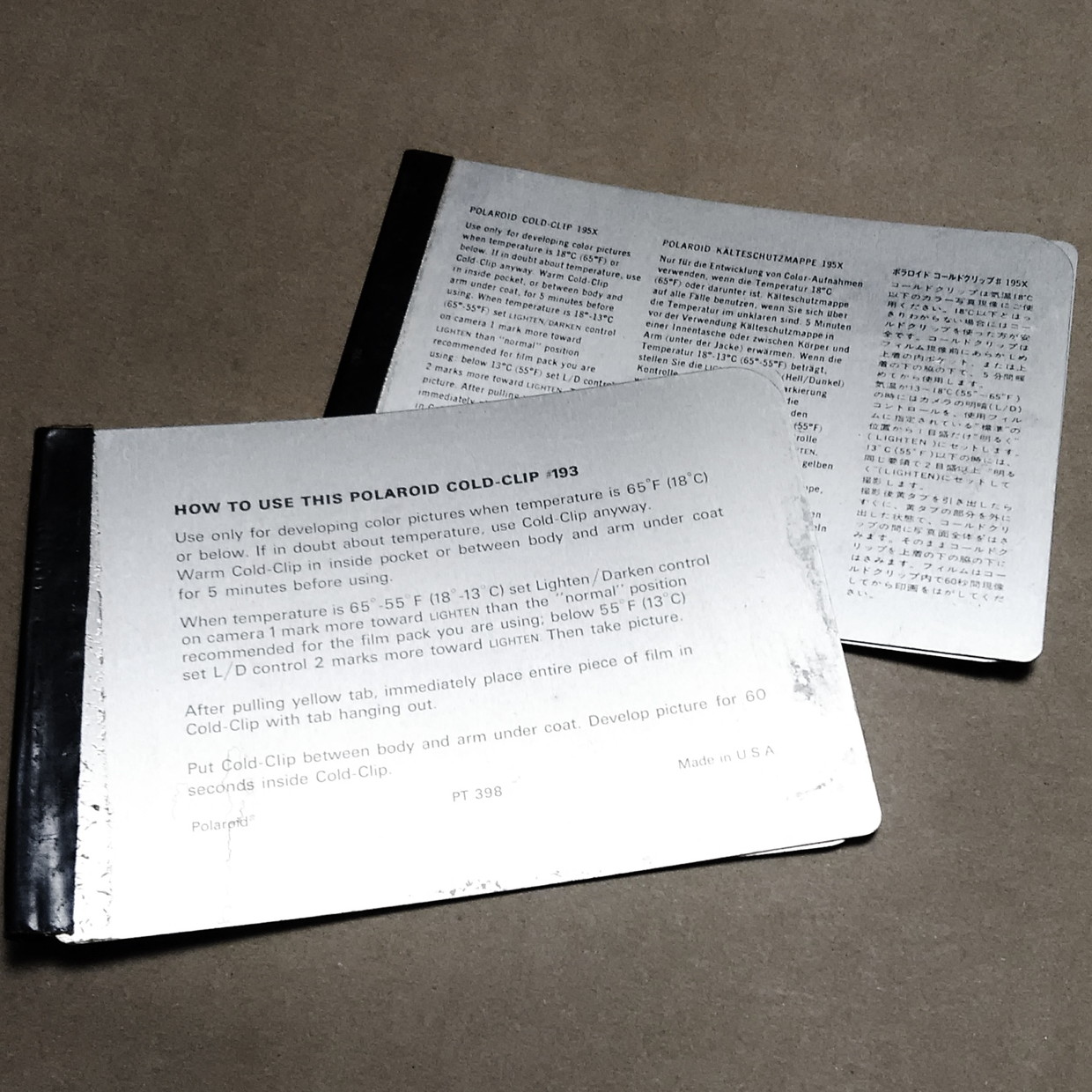
Polaroid cold clip
One Minute presented by Dr. Edwin Herbert Land at the Optical Society of America in 1947 The photos finished in the One Minute Photo Process have been named the One Minute Photo Process. The mechanics of Polaroid photography are similar to how daguerreotype positive images are fixed directly to the film. Polaroid photography, which has a darkroom mechanism on the film itself to obtain an instant image, is It is also highly regarded for its unique color tones and the ability to obtain one-of-a-kind high-definition images like the daguerreotype. It's a great example of how to make the most out of your work. In addition, the master of print photography, Ansel Adams, has long been a technical consultant for Polaroid We try to.
Edwin H. Land.
The photographer can have a visual interaction with the environment.
エドウィン・H・ランド
「撮影者は環境との視覚的対話ができる。」
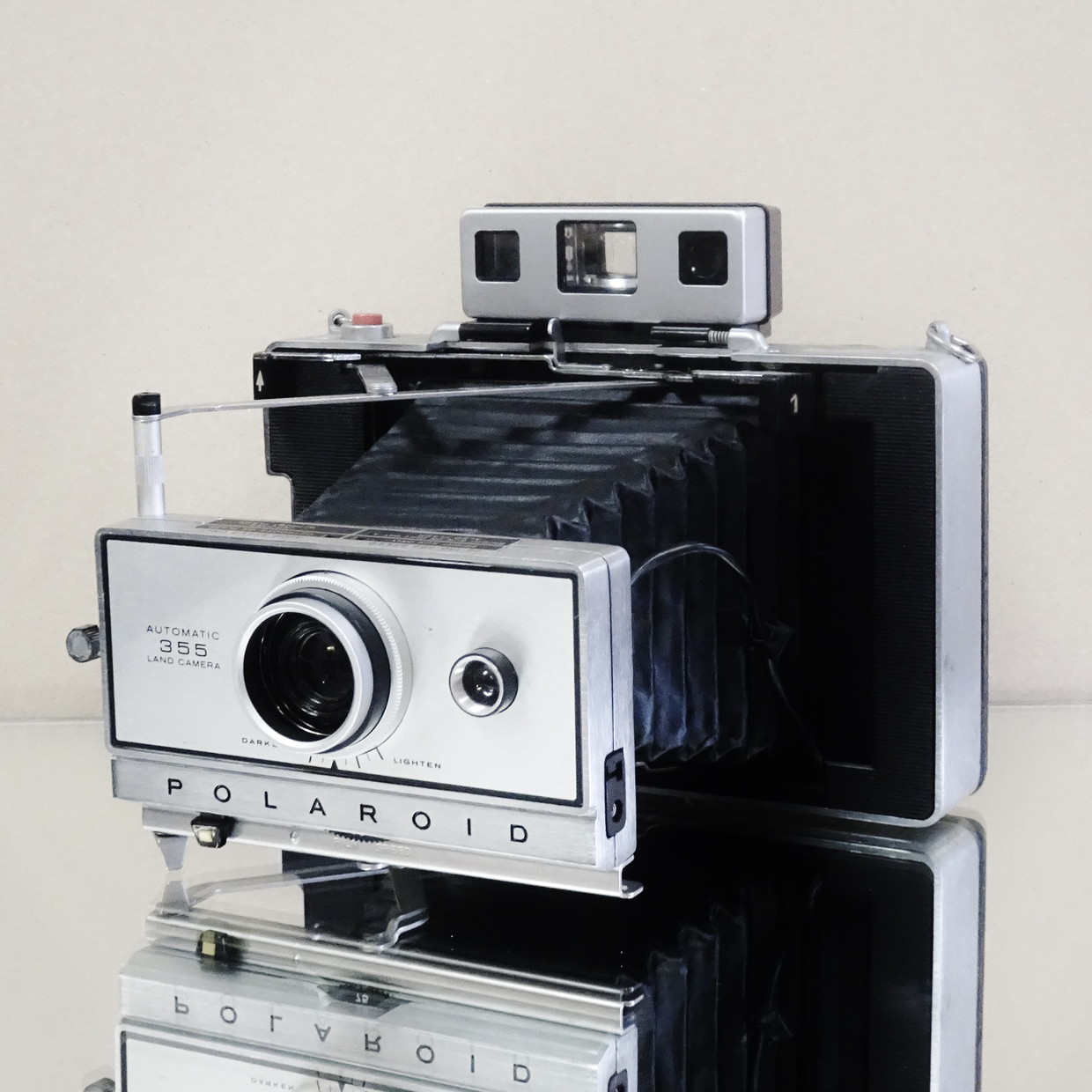
Polaroid land camera model 355
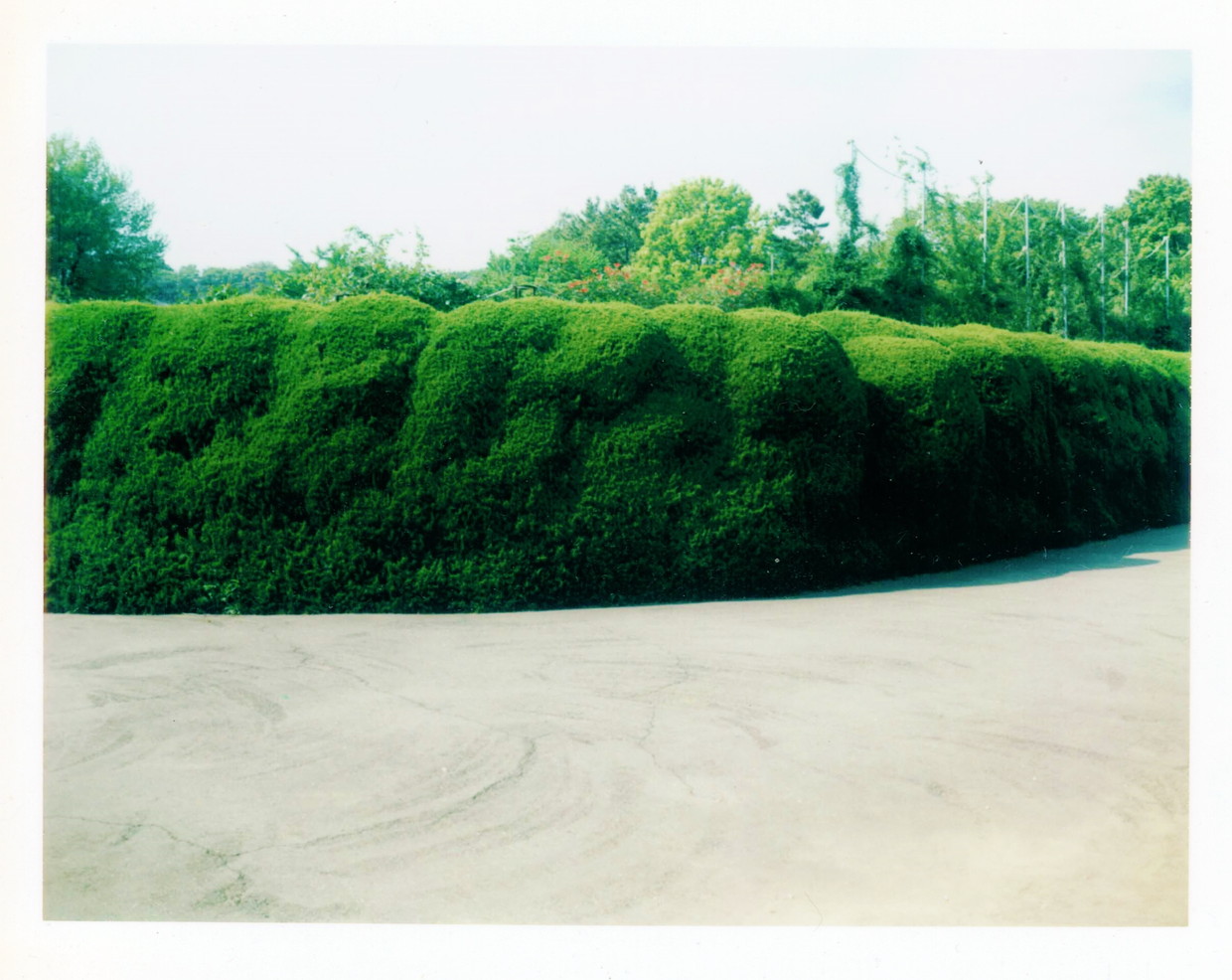
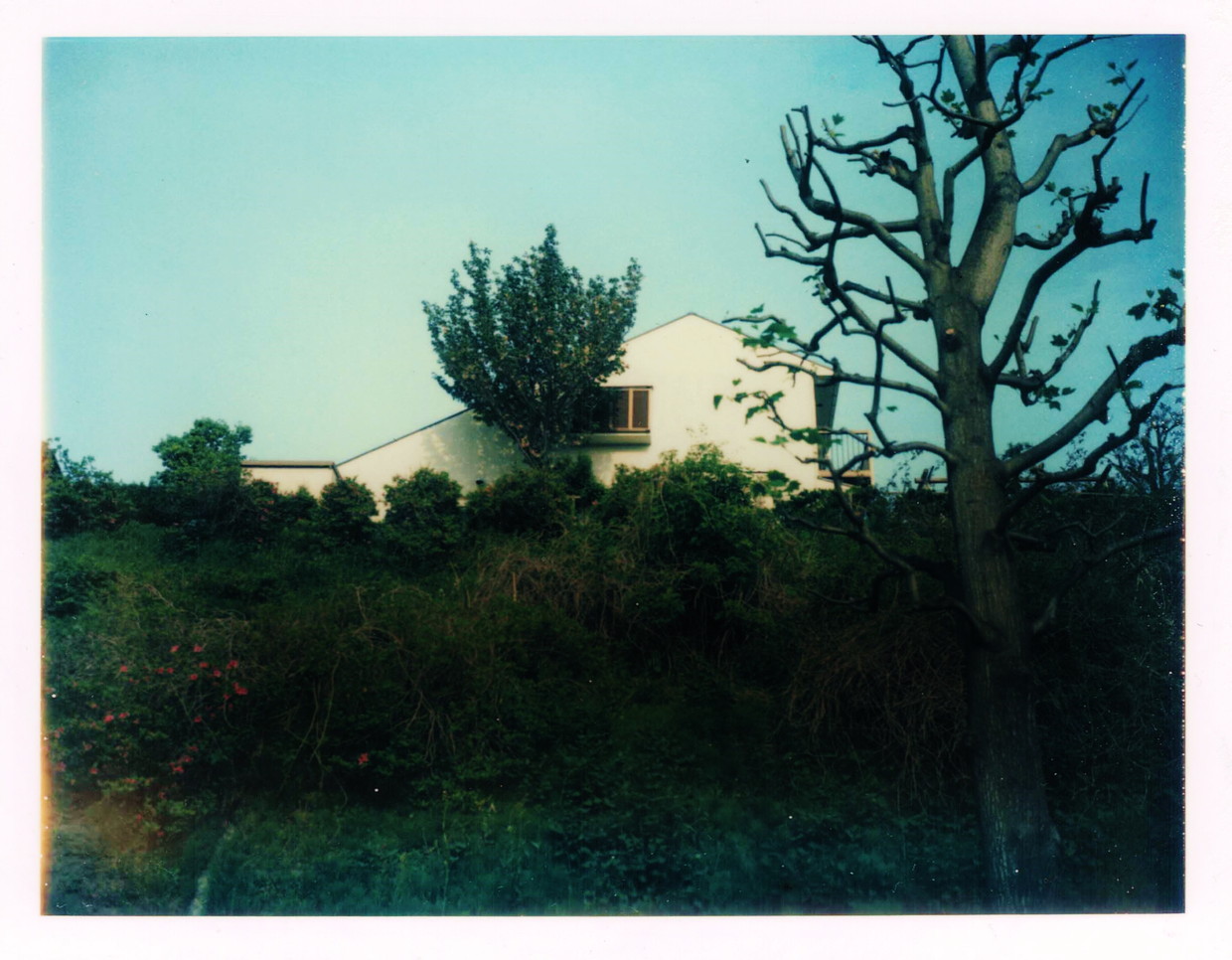
Fuji FP-100C film / Kazutaka Kitamura 2006 Kamakura | Polaroid type 669 film / Kazutaka Kitamura 2006 Yokohama
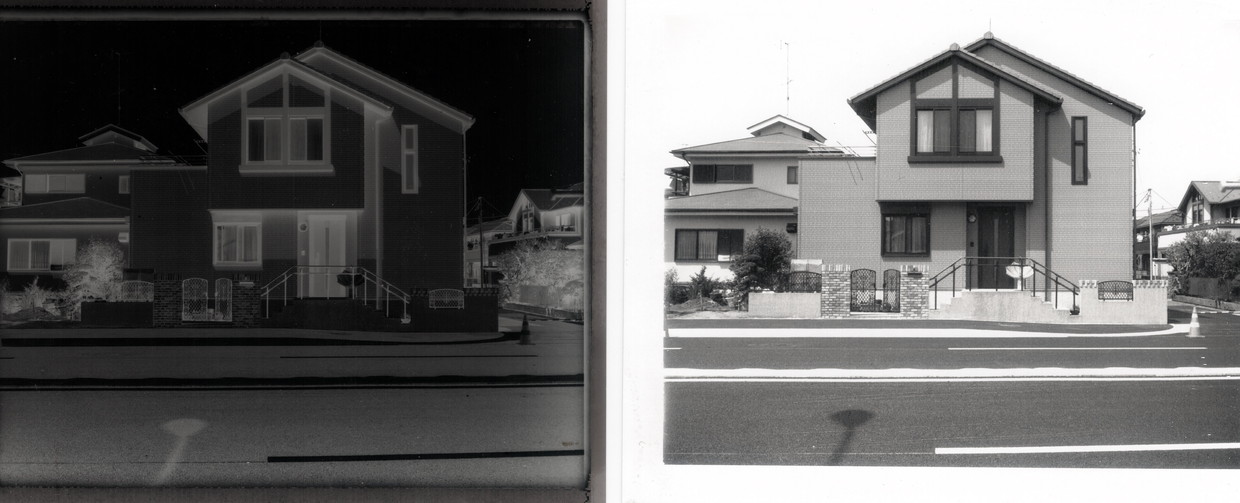
Polaroid type 665 film + Polaroid land camera model 355 / Kazutaka Kitamura 2006 Yokohama
白黒プリントとともに高解像力のネガが得られるピールアパート方式フィルム。
アンセル・アダムスはこのフィルムを用いて高諧調の作品作りに利用した。
Peel-apart film that produces black-and-white prints and high-resolution negatives. Ansel Adams used this film to create high-harmonic works of art.
1960年代から1990年代のポラロイド写真の普及期には、広告写真撮影の現場では、構図やライティングの確認をする試し撮りの為に活用されました。科学産業での利用も幅広く、半導体製造企業の技術資料や、放射線医学での診断記録などに活用されていました。ポラロイドミニポートレートカメラは、1度に2コマや4コマの撮影が出来る各種証明書用の写真撮影用カメラで、写真スタジオなどで活躍しました。また、アンディー・ウォーホールなど多くの写真家やアーティストが作品作りにポラロイドカメラを使用して特性を生かした作品作りに利用しました。現在では、デジタル技術の普及により、そのほとんどがデジタルカメラに置き変わっています。
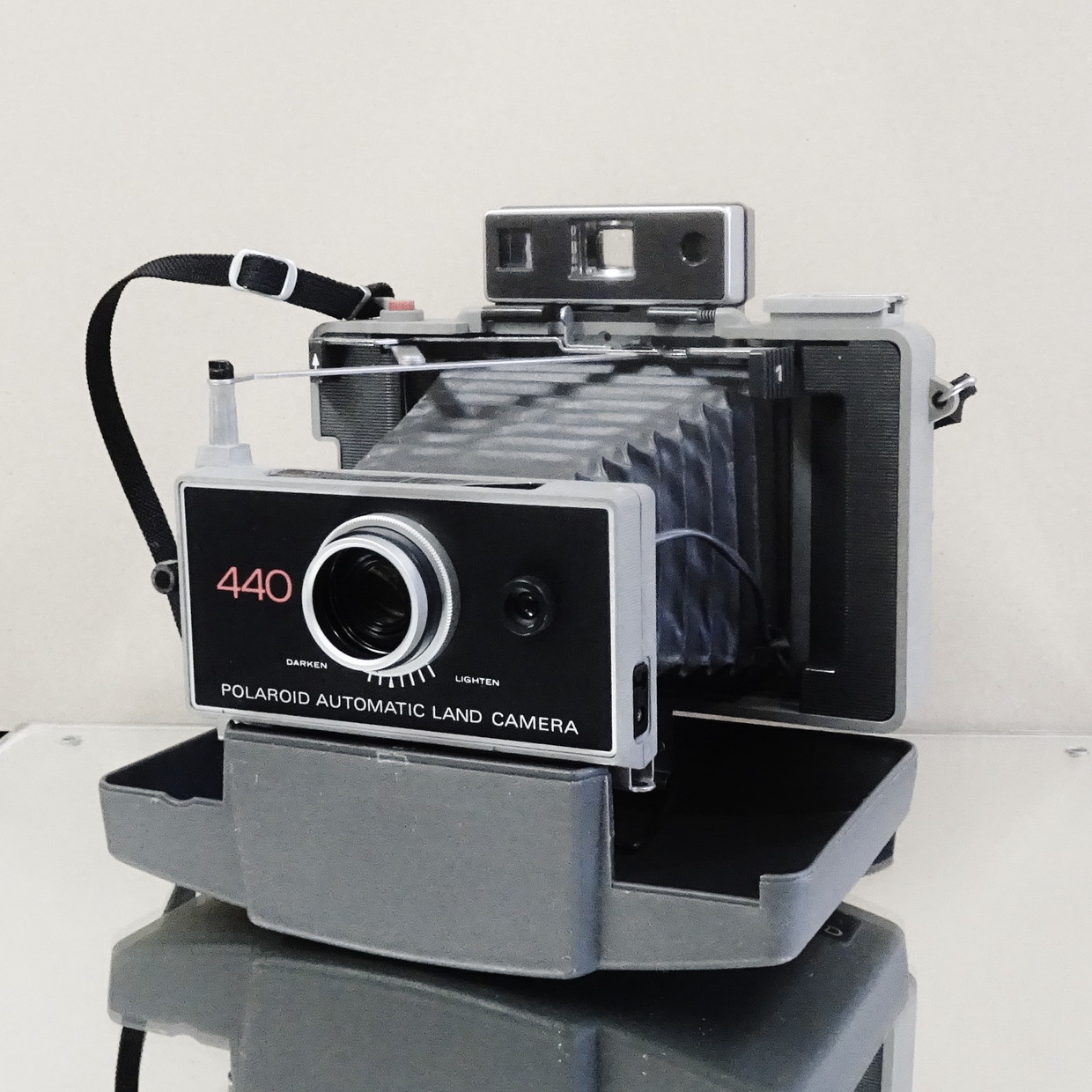
Polaroid land camera model 440
During the widespread use of Polaroid photography from the 1960s to the 1990s, it was used in advertising photography for test shots to check composition and lighting. It is also widely used in the scientific industry, for example, as a technical document for semiconductor manufacturing companies and for diagnostic records in radiology. It was made. Polaroid mini-portrait cameras for various certificates that can take two or four frames at a time. It was a camera for photography and was used in photography studios. Many photographers and artists, such as Andy Warhol, have also used it to create their work. Polaroid cameras were used to make use of their characteristics to create works of art. Nowadays, with the spread of digital technology, most of them have been replaced by digital cameras.
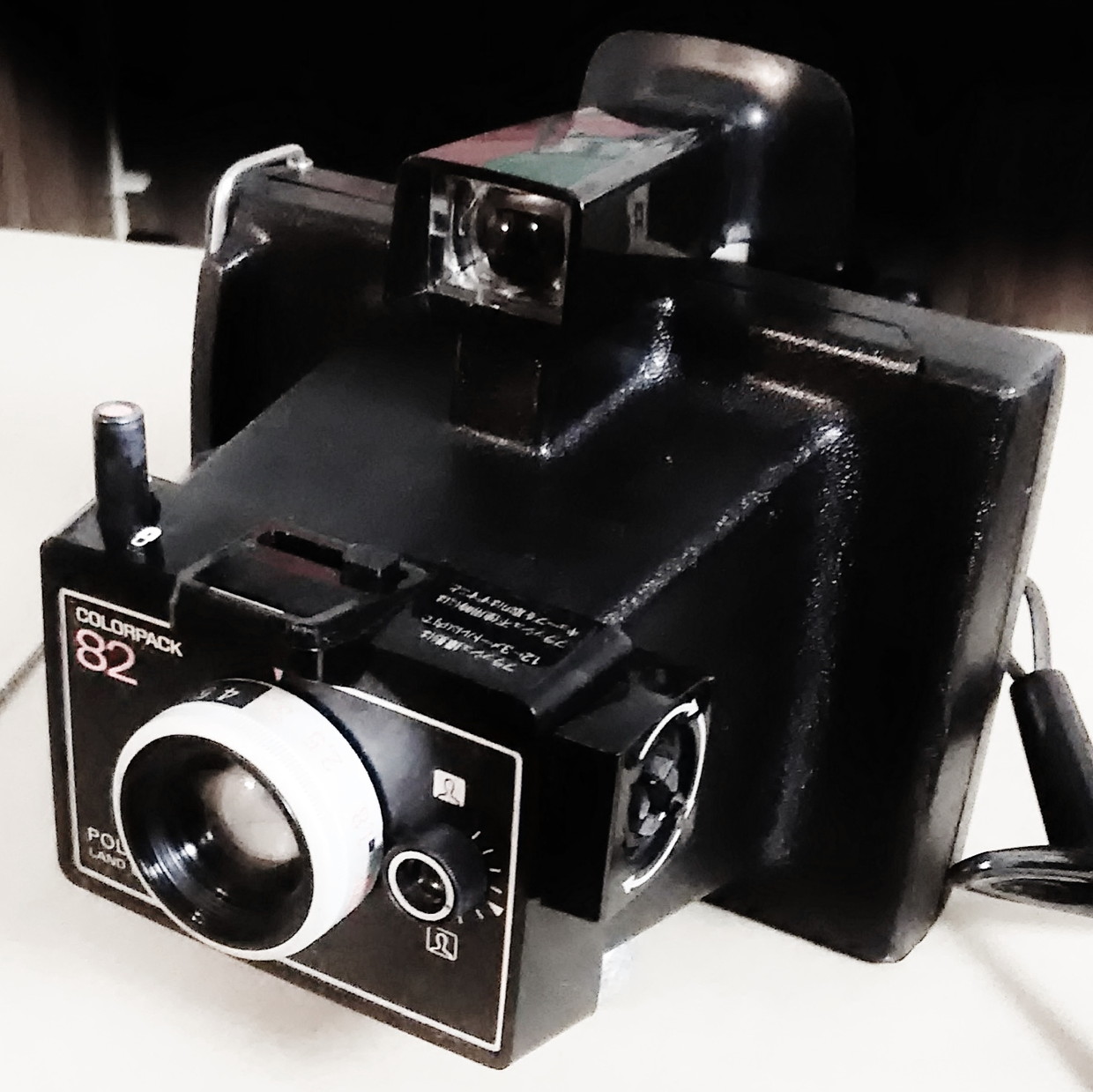
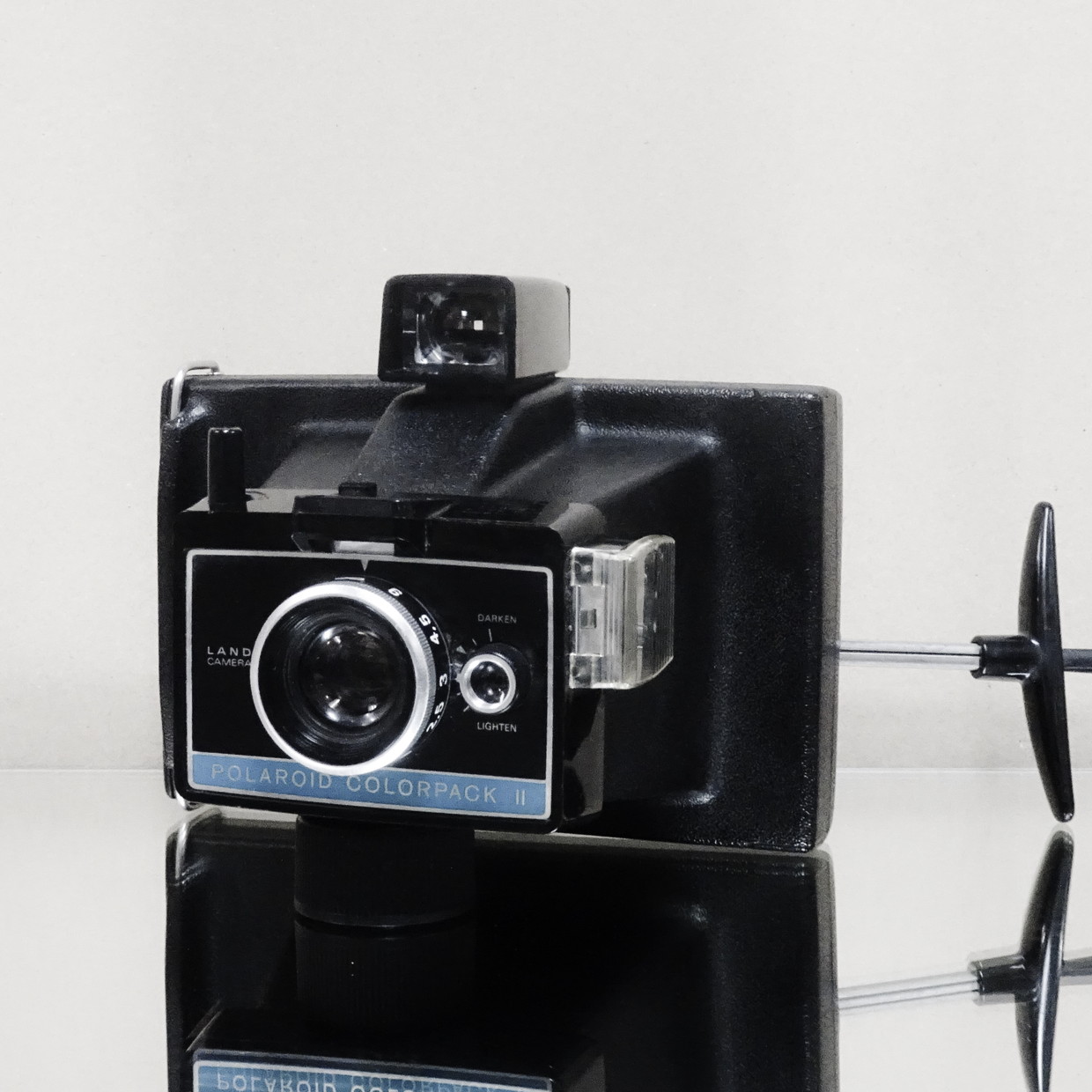
Polaroid colorpack82 | Polaroid colorpack2 1969-1971
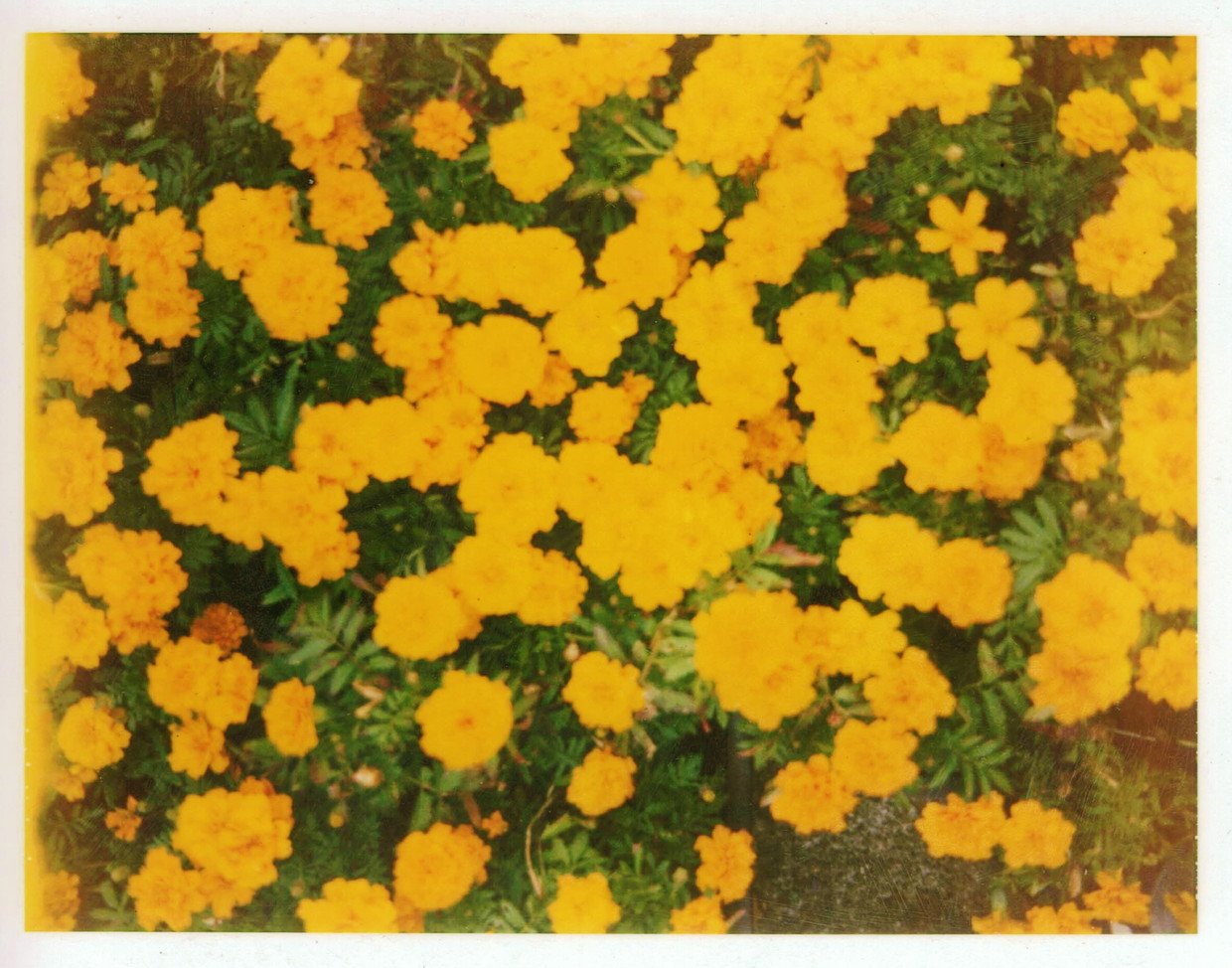
Polaroid 125i film + Polaroid colorpack2 / Marigold Kazutaka Kitamura 2007 Yokohama
ポラロイド社は、急激なデジタル技術への移行に失敗して、2001年に経営破綻しました。2005年に再度買収され株式非公開企業となりましたが、2008年に財政状況の悪化を受け2回目の破綻となりました。2010には、オランダにあるポラロイドフィルム工場の工場長らが、生産中止となったポラロイドフィルム復活を目指しポラロイド工場を10年間使用するリース契約を締結し2010年からの再生産を行っています。
Polaroid autoprocessor 35mm
Polaroid studio express
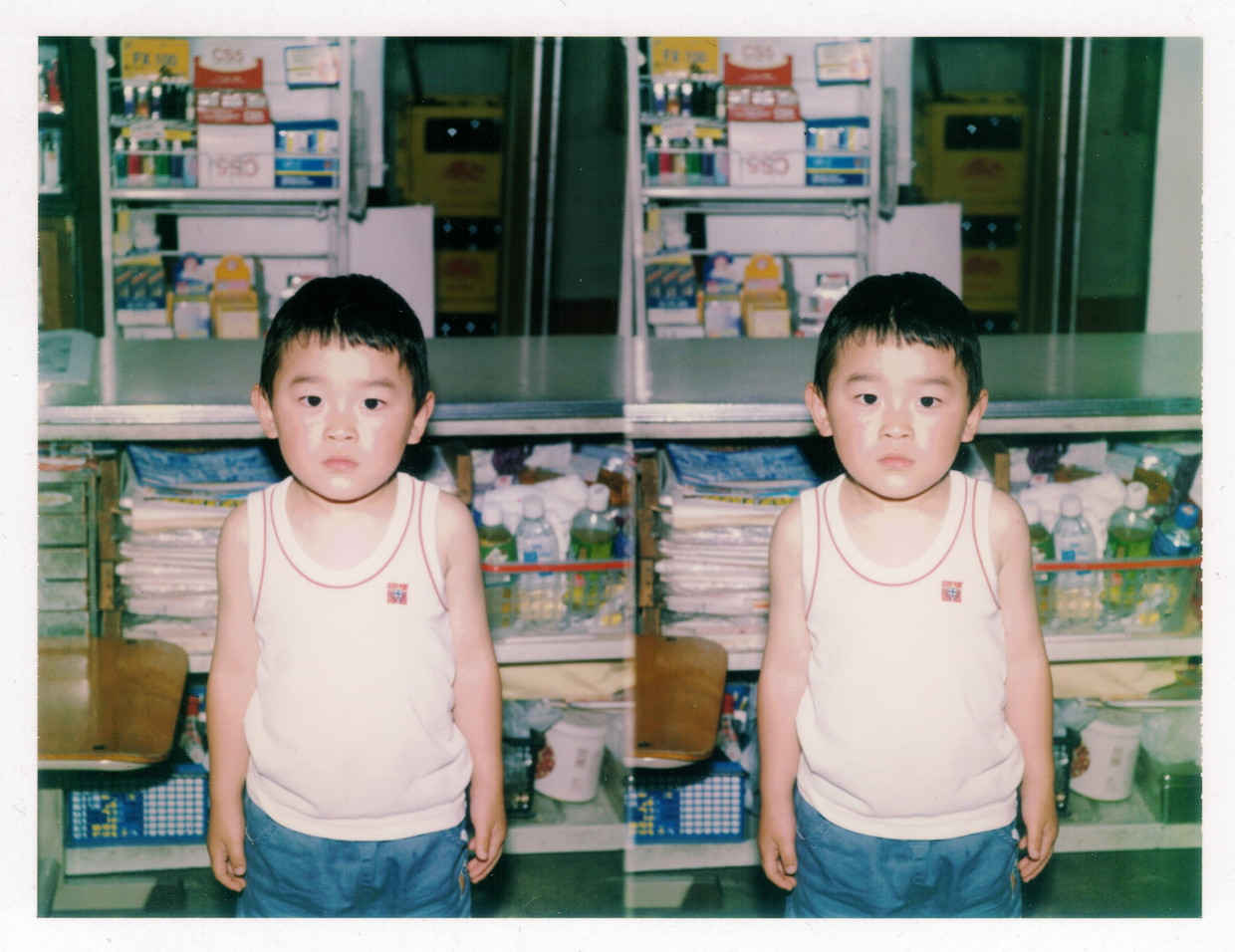
Fuji FP100C + Polaroid studio express / Ray Kazutaka Kitamura Yokohama
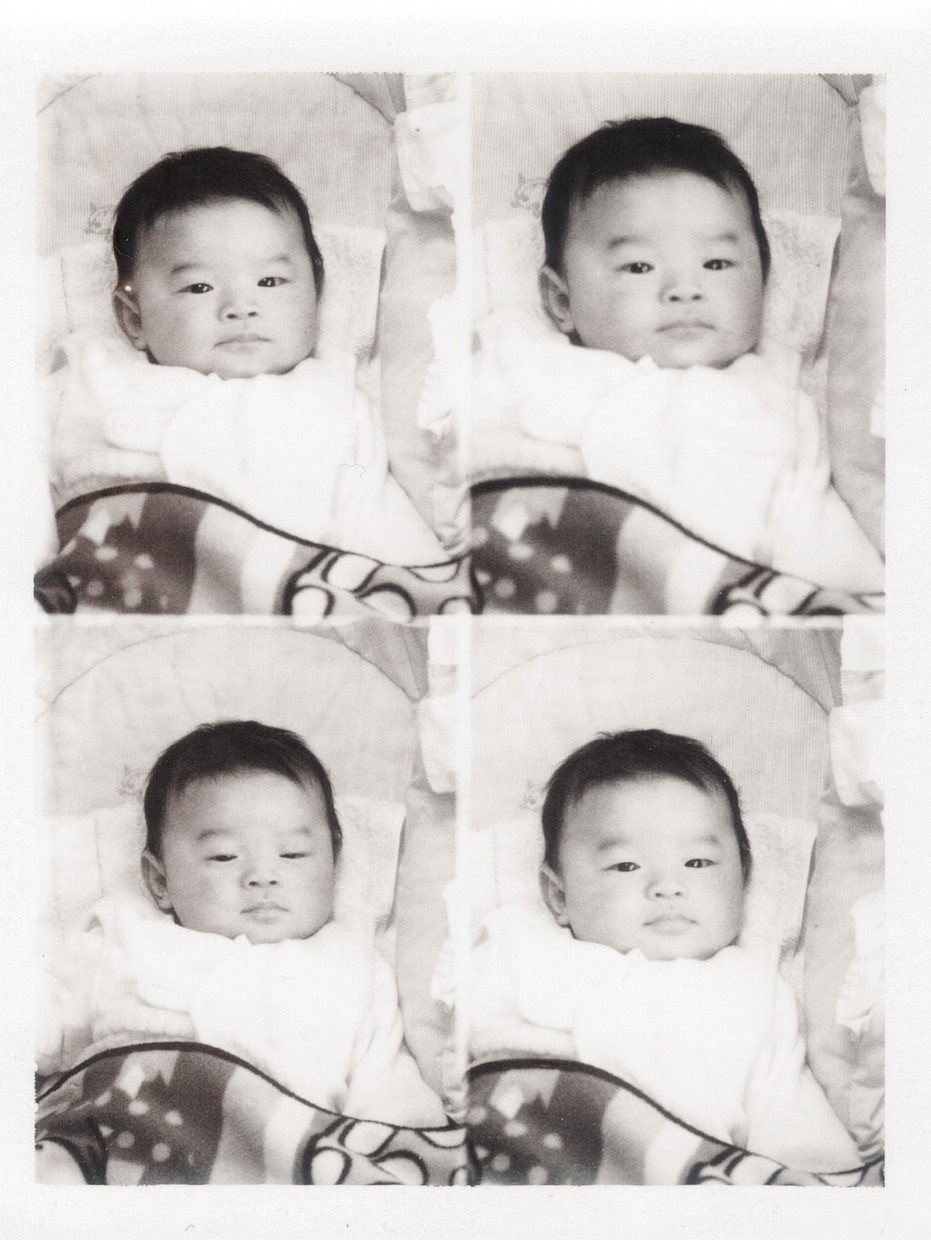
Fuji FP100C + Cambo Portrait / Ray Kazutaka Kitamura Yokohama 2007
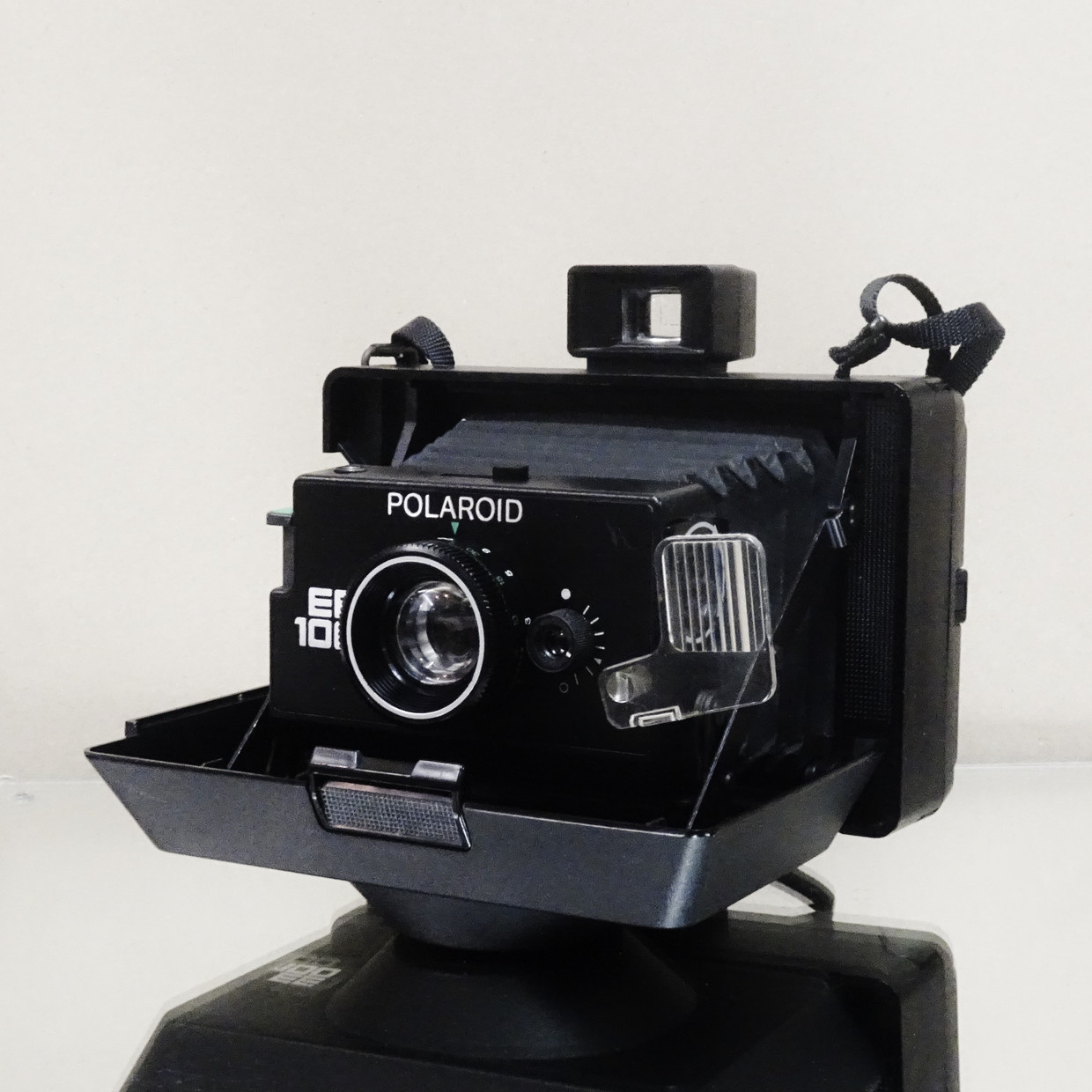
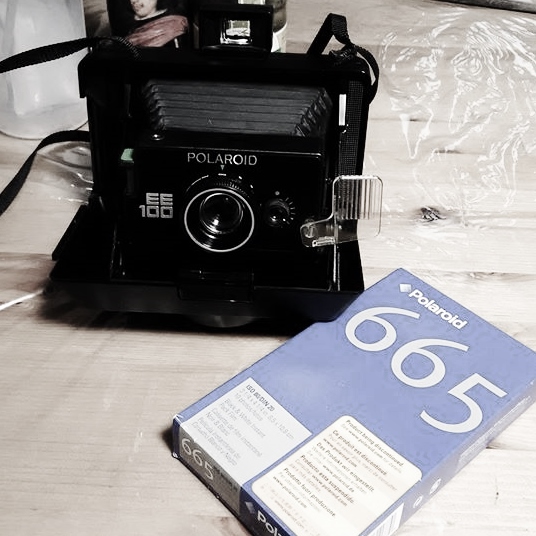
Polaroid EE100 1977 | Polaroid EE100 + type665 film
Polaroid failed to make the rapid transition to digital technology and went into bankruptcy in 2001. The company was acquired again in 2005 and became a privately held company, but in 2008, due to its deteriorating financial situation, it In the second collapse, in 2010, the plant manager of a Polaroid film factory in the Netherlands to use a Polaroid plant for 10 years in order to revive Polaroid film that has been discontinued. A lease agreement has been signed and the company has been reproducing since 2010.
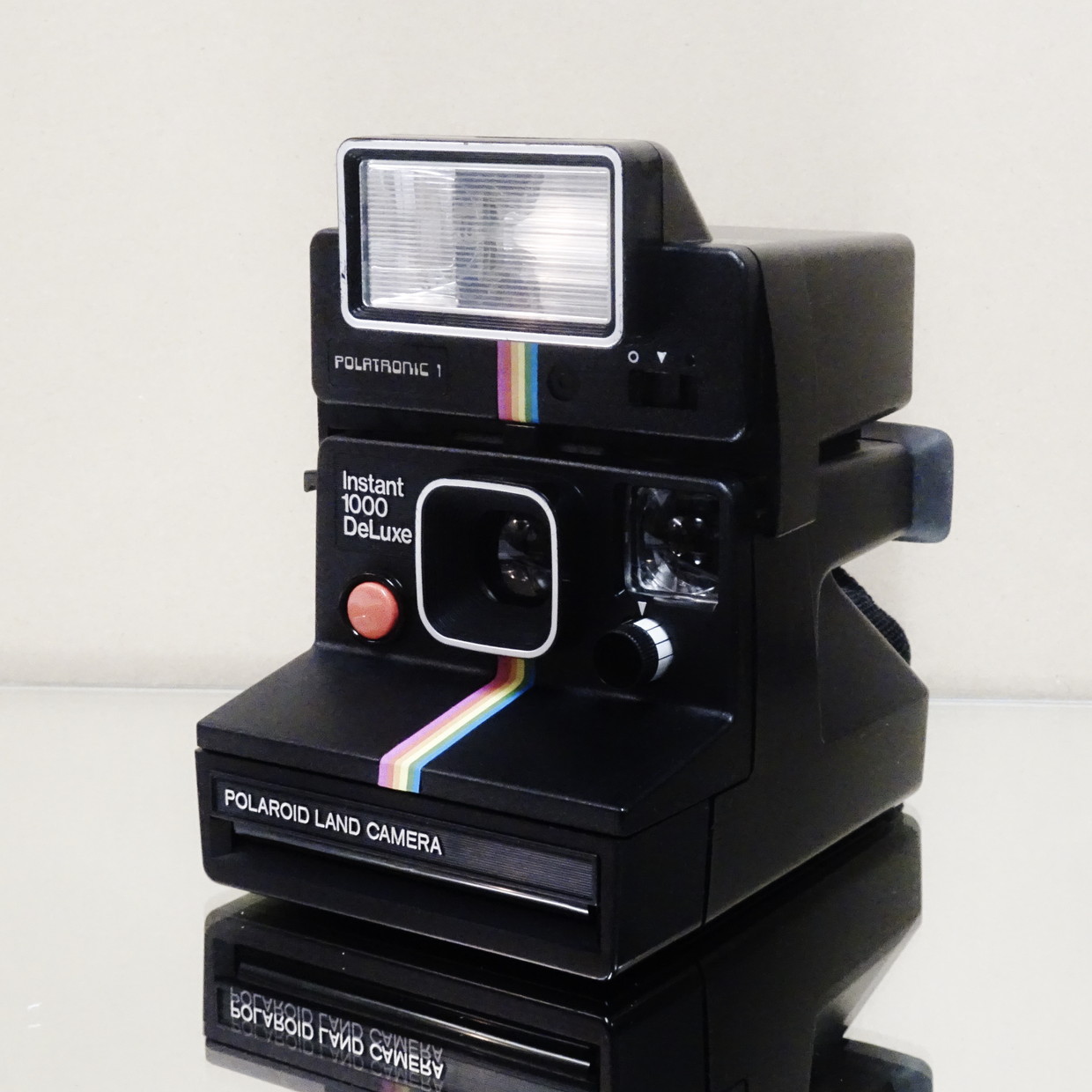
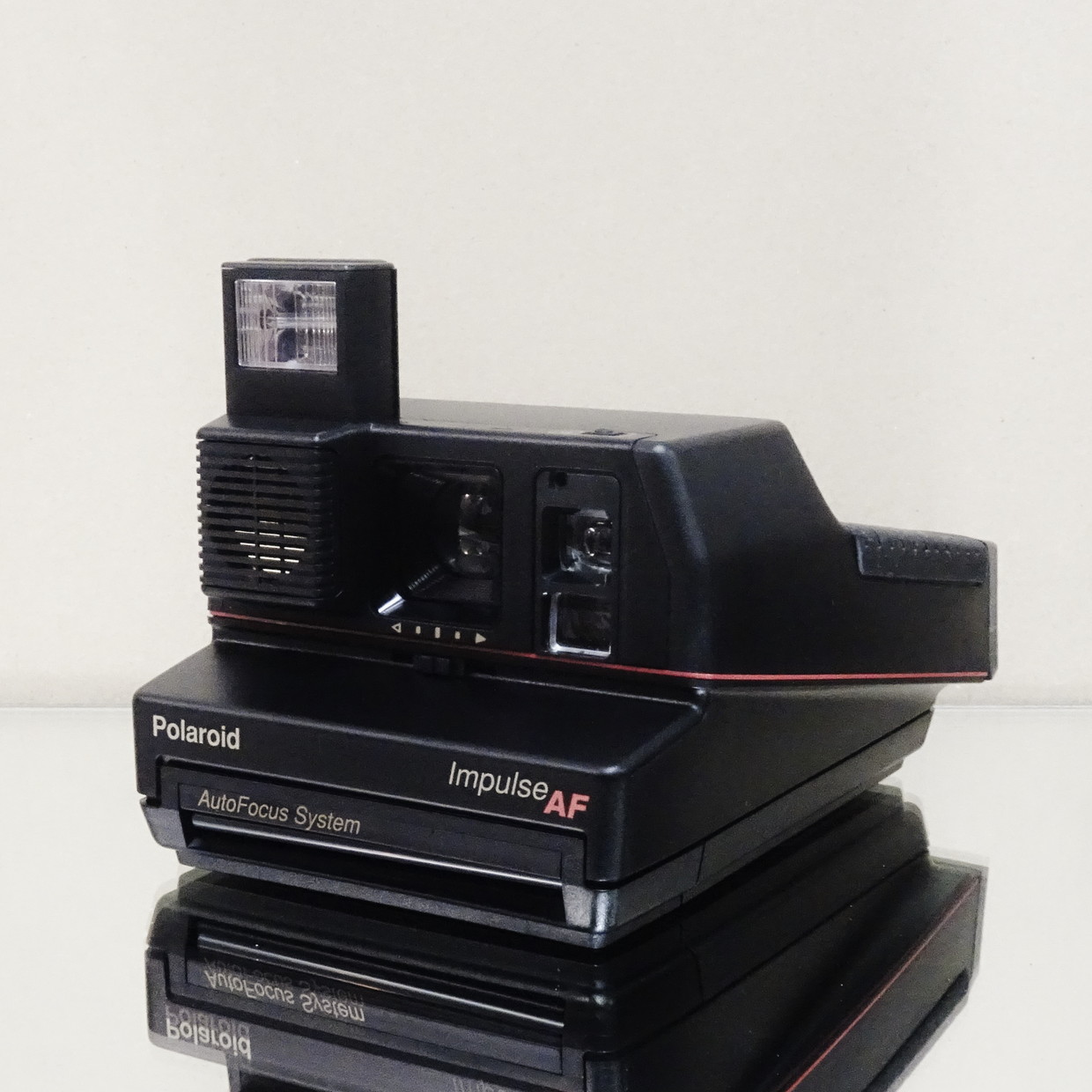
Polaroid Instant1000 deluxe / Polaroid Impulse AF
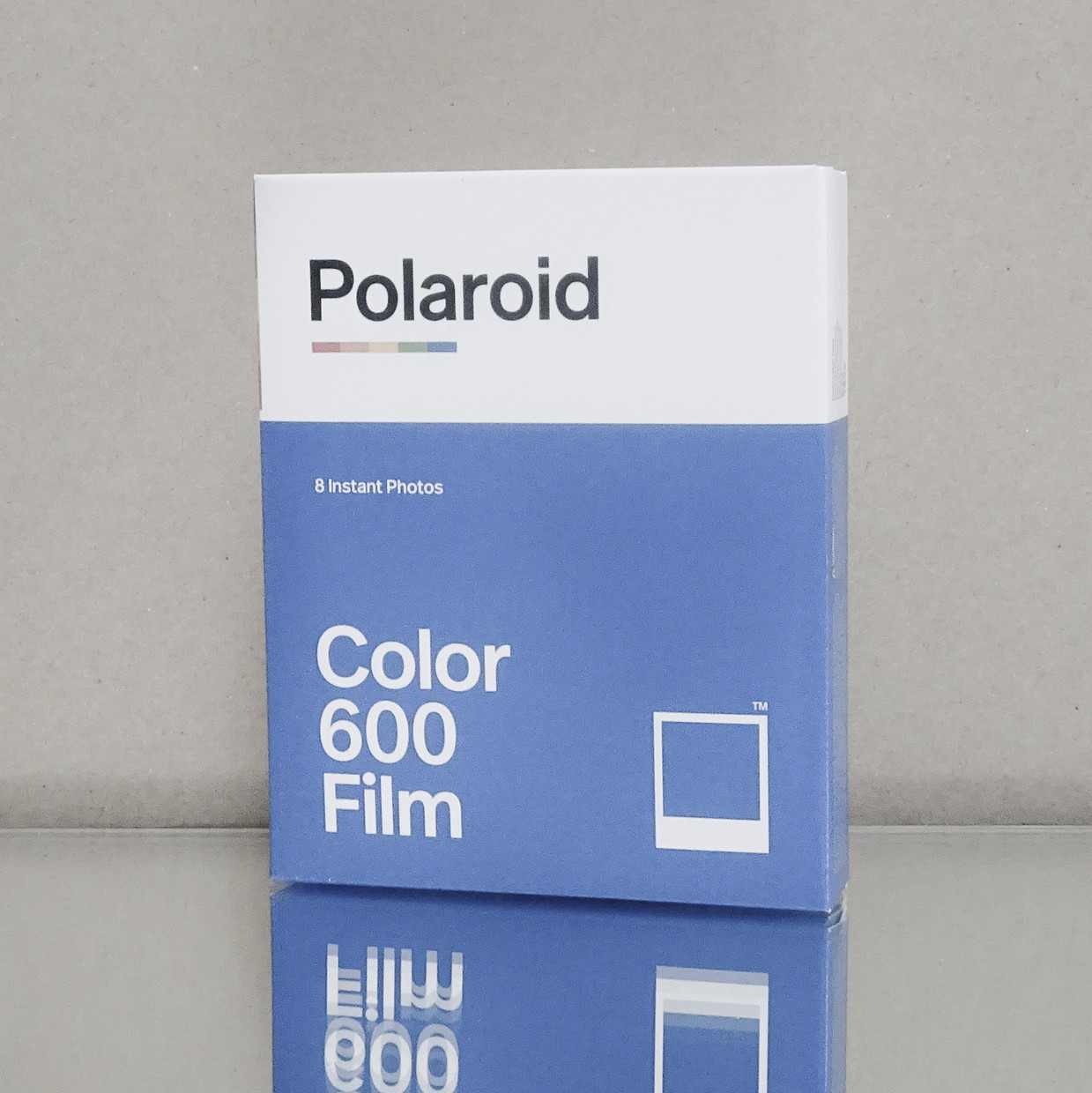
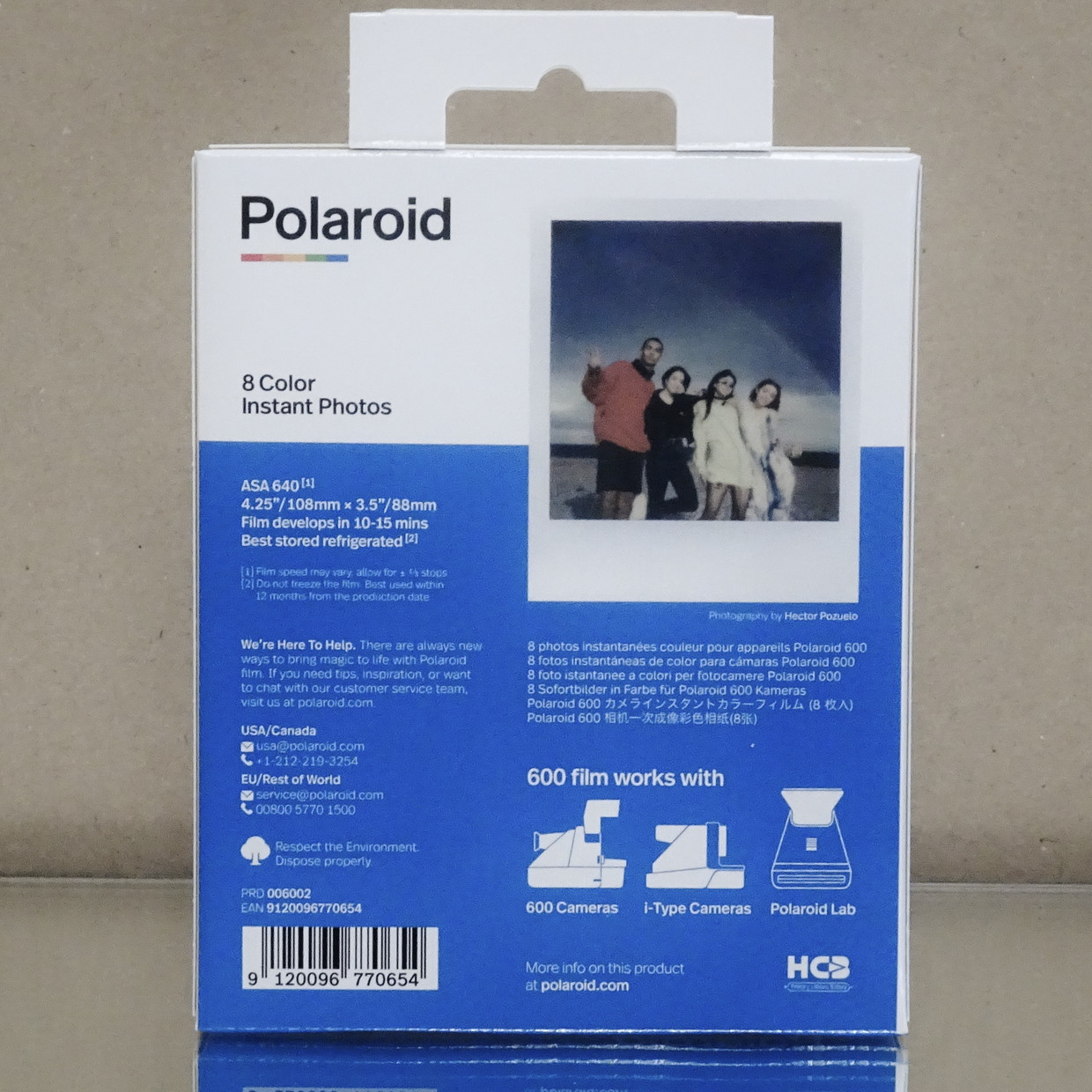
Polaroid Color600film
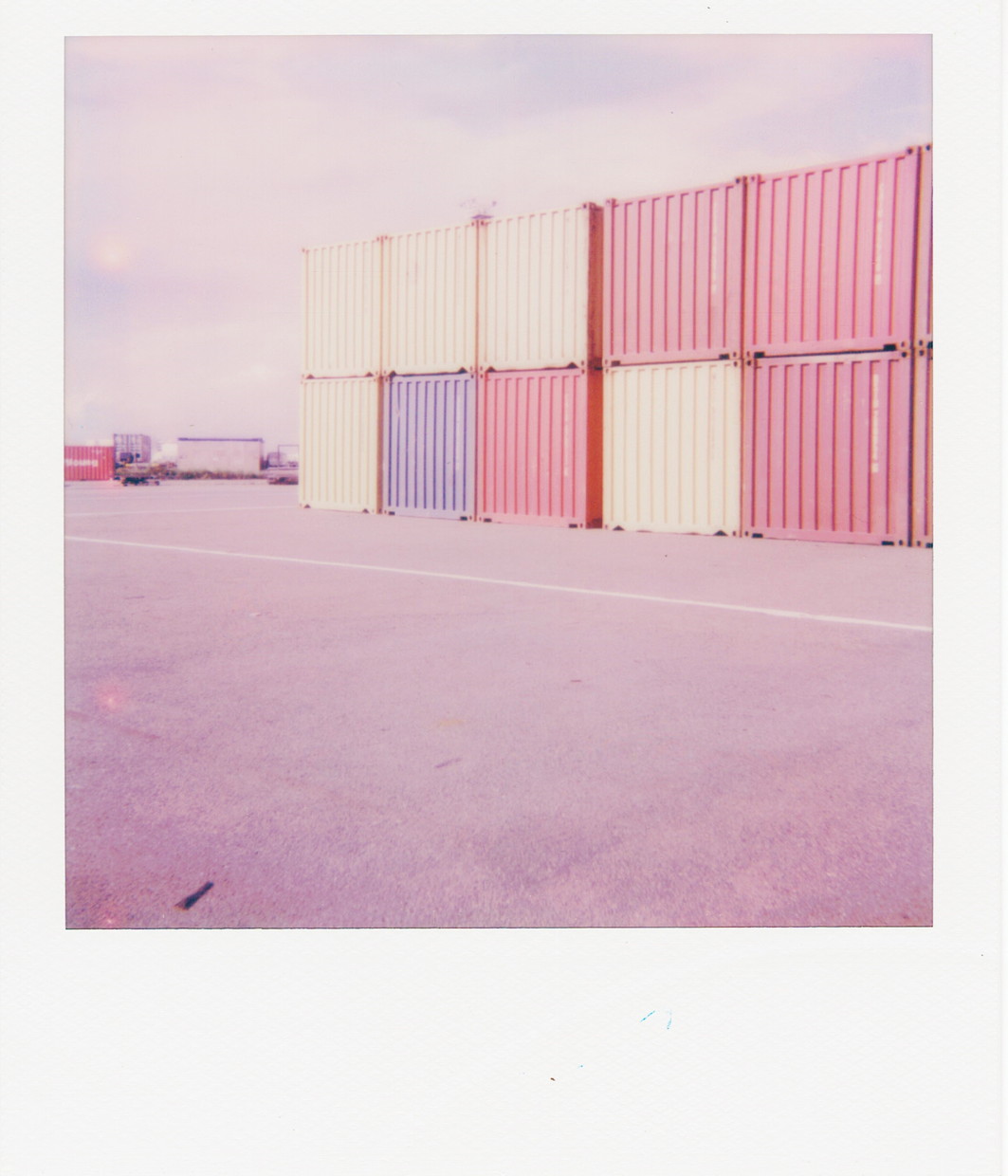
Polaroid Color600film + Polaroid Impulse AF / Kazutaka Kitamura 2020 Yamashita Pier
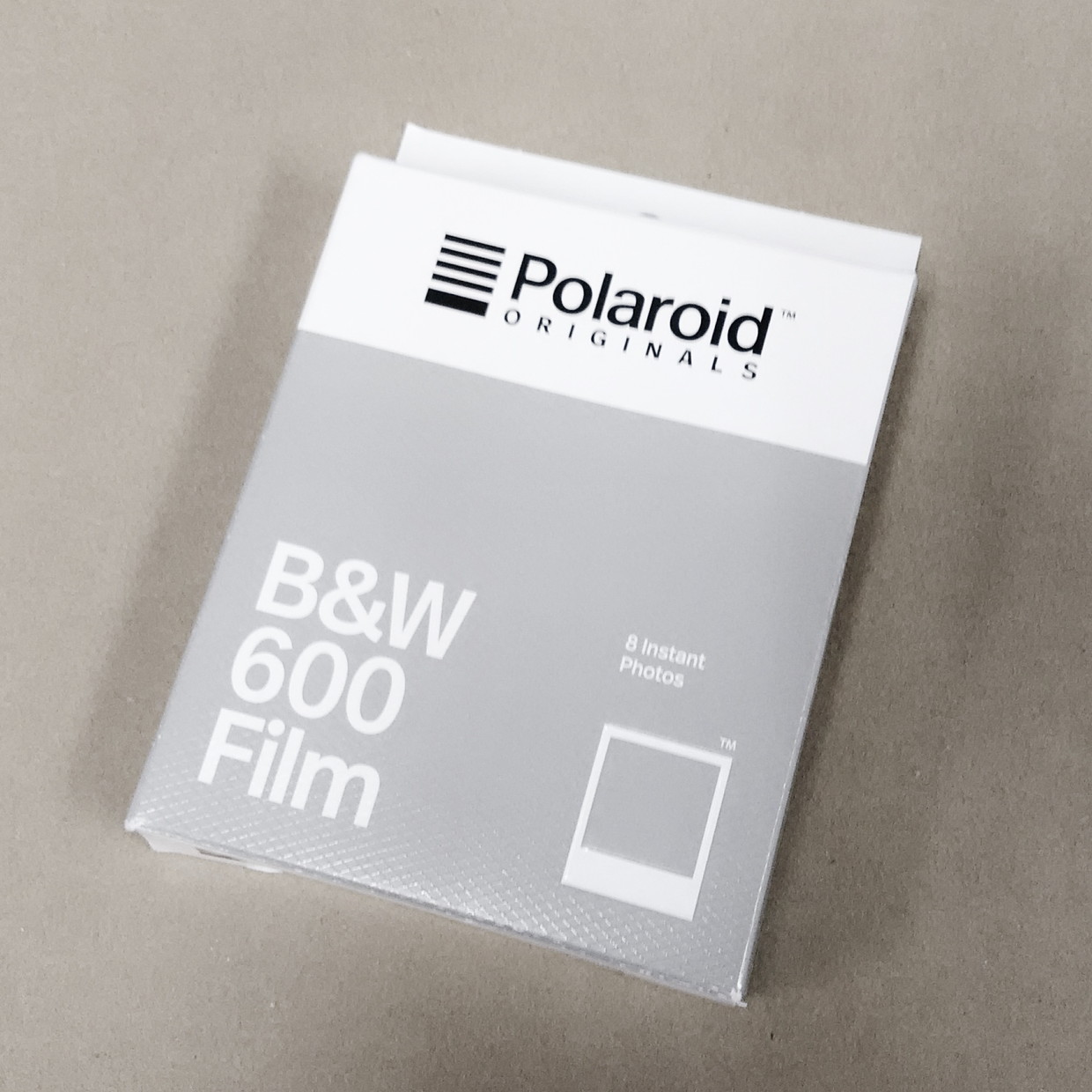
Polaroid 600film Black&White
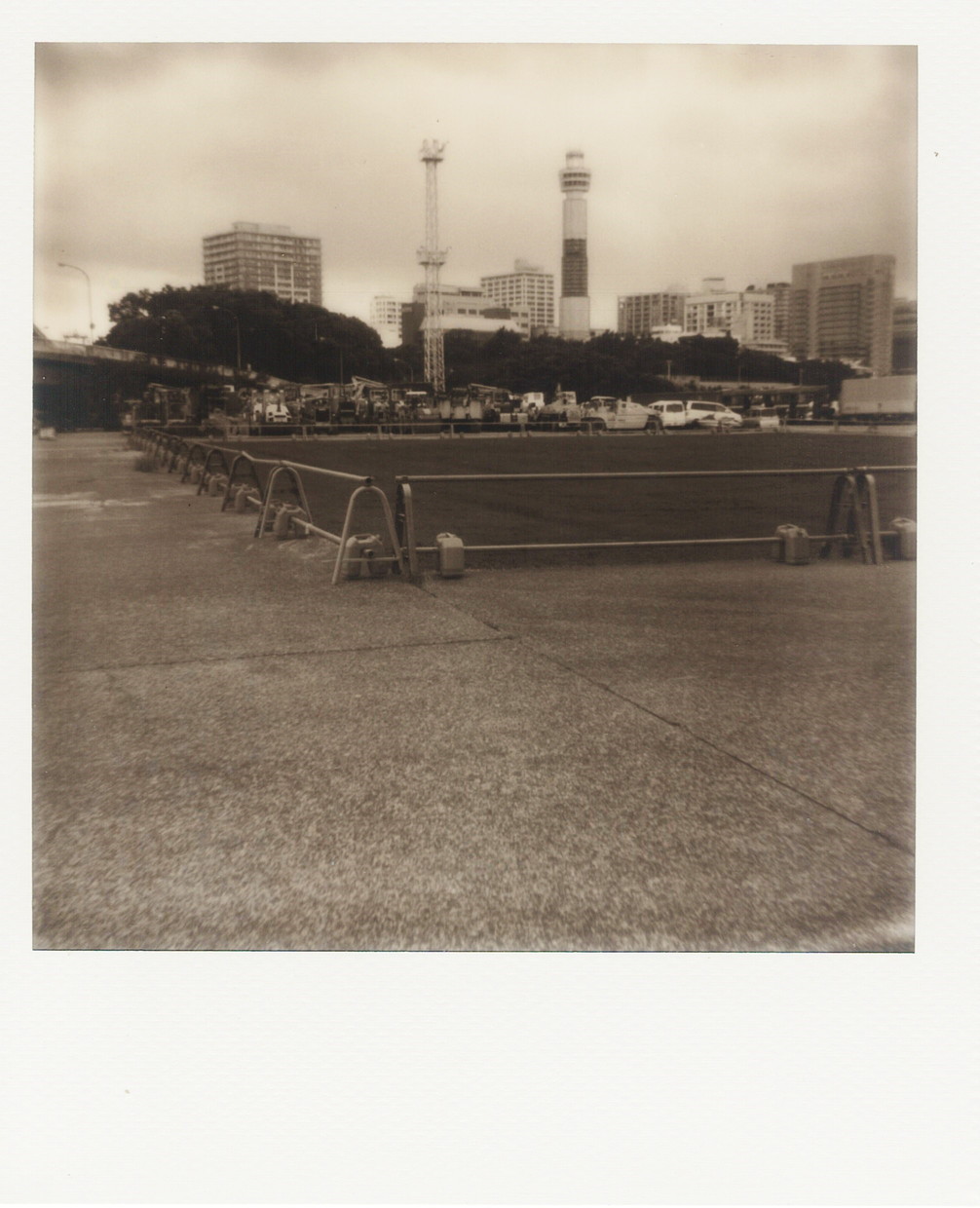
Polaroid 600film Black&White + Polaroid Impulse AF / Kazutaka Kitamura 2020 Yamashita Pier
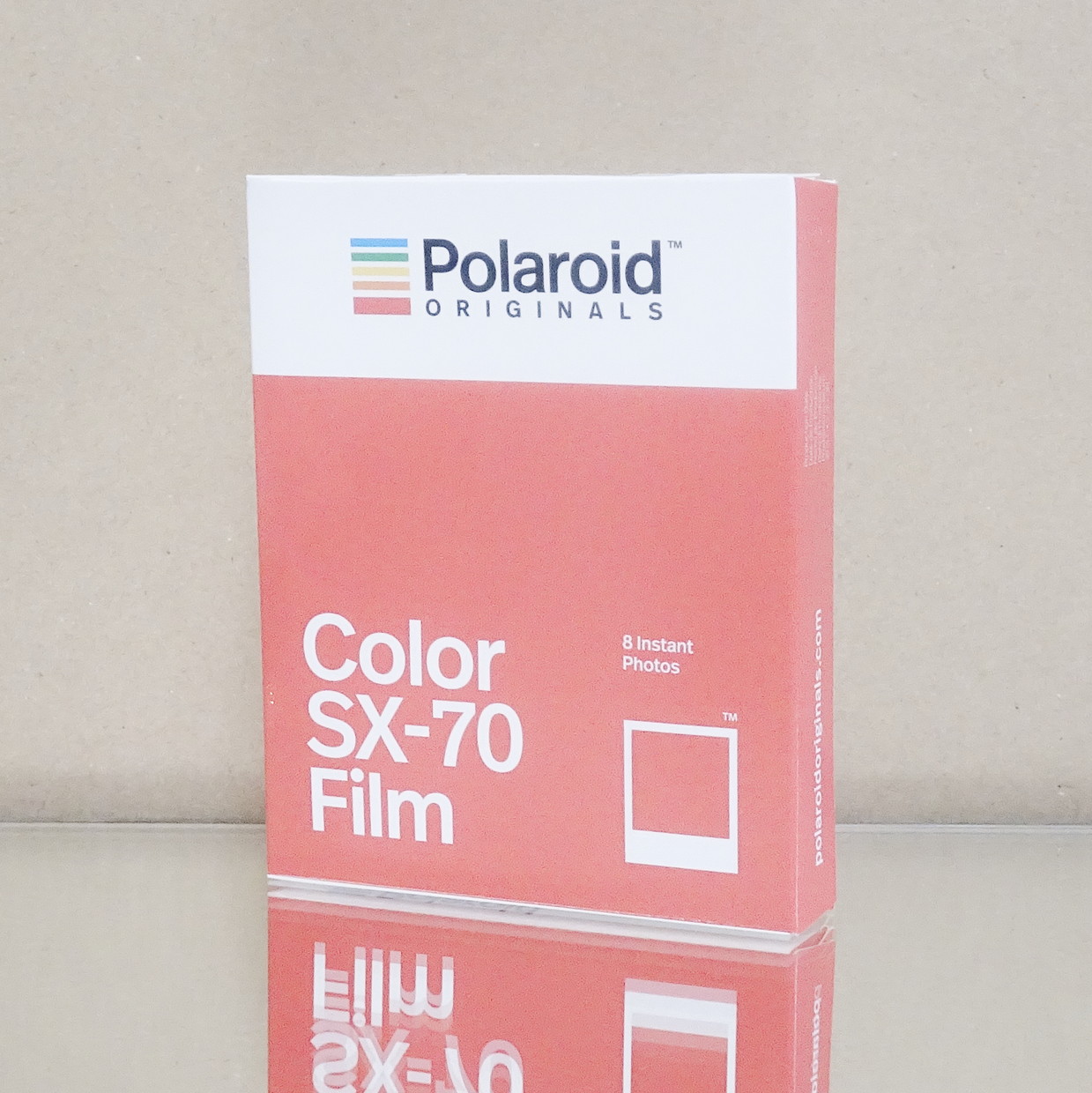
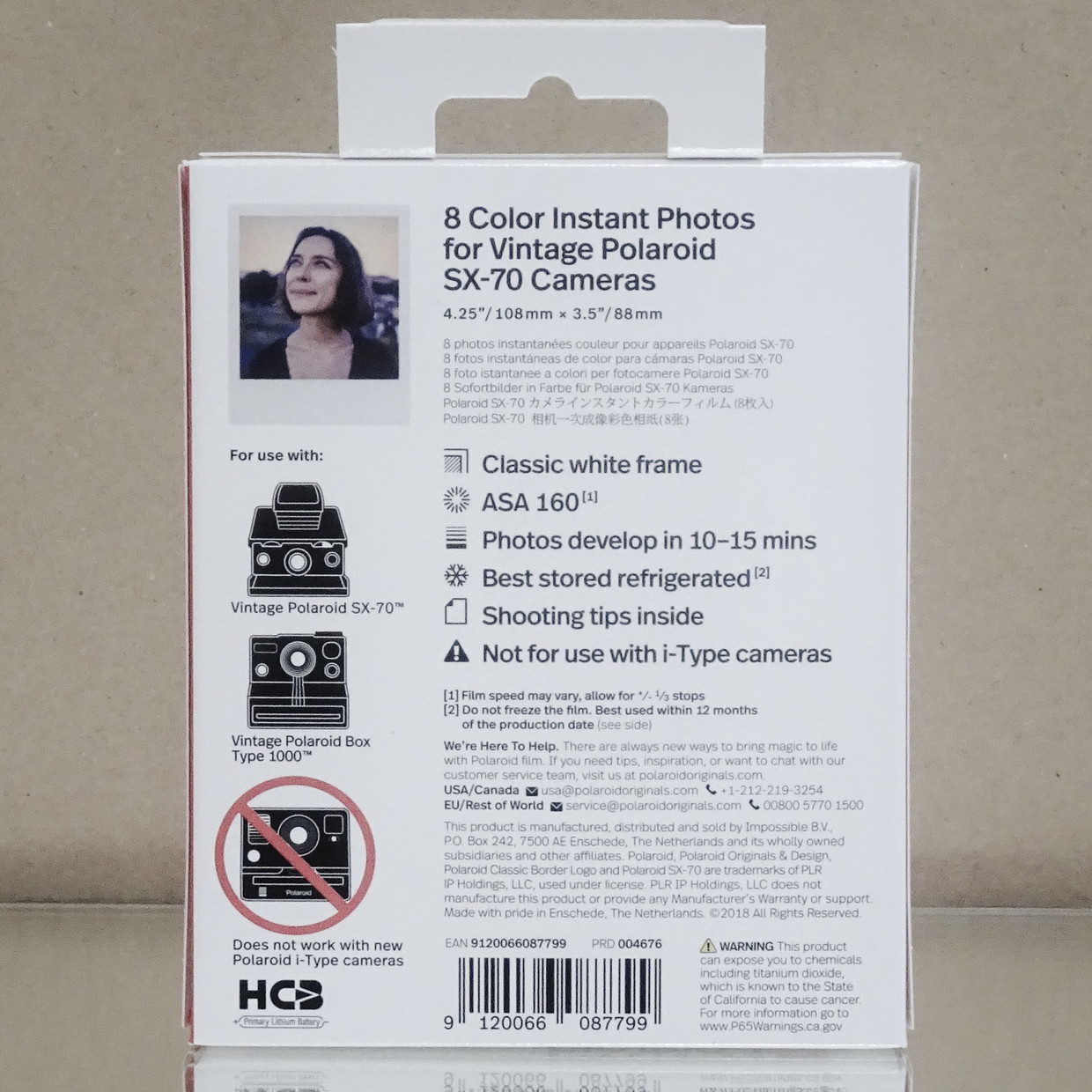
Polaroid Color SX70 film
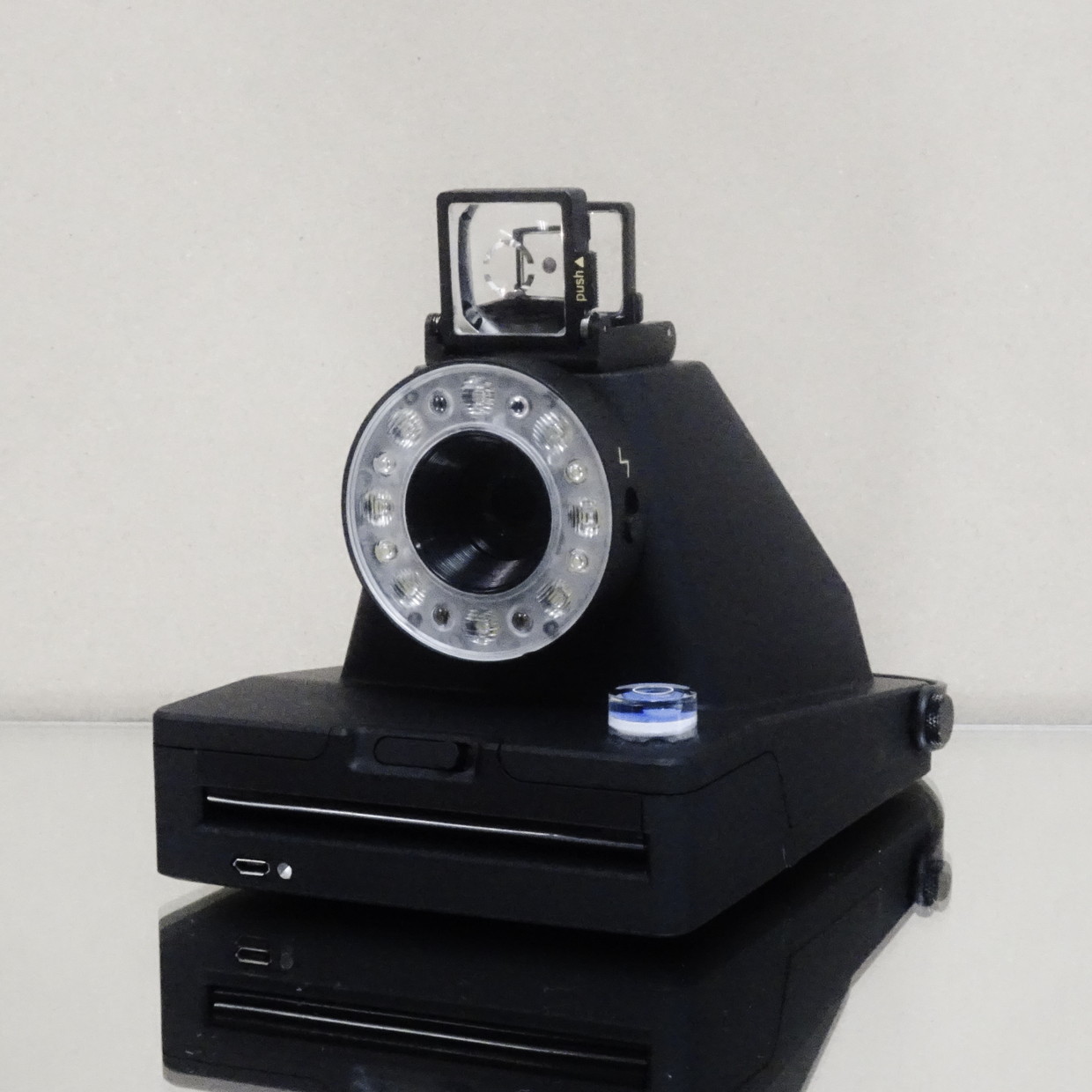
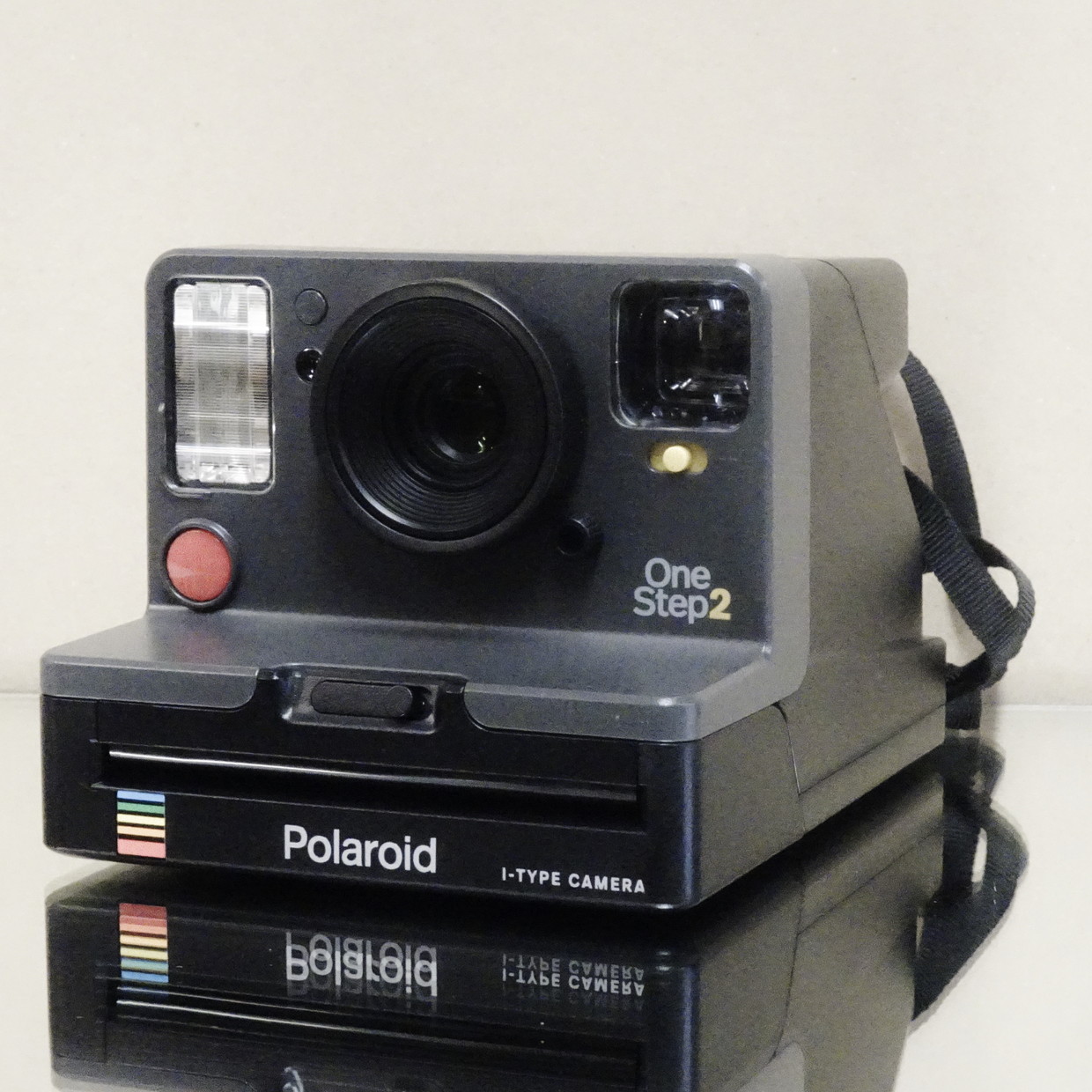
Polaroid I-1 / Polaroid One Step2
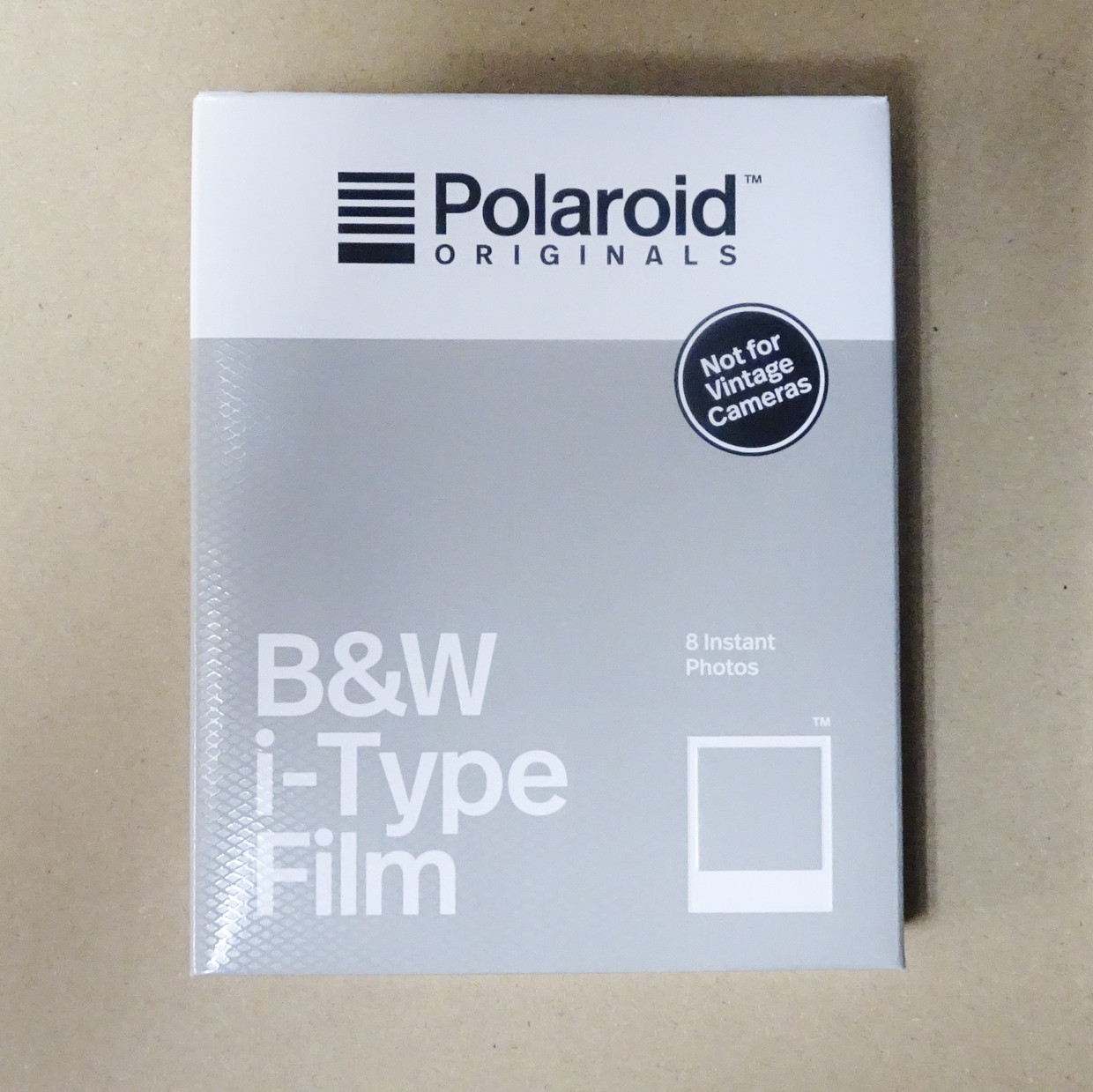
Polaroid B&W i-Type film
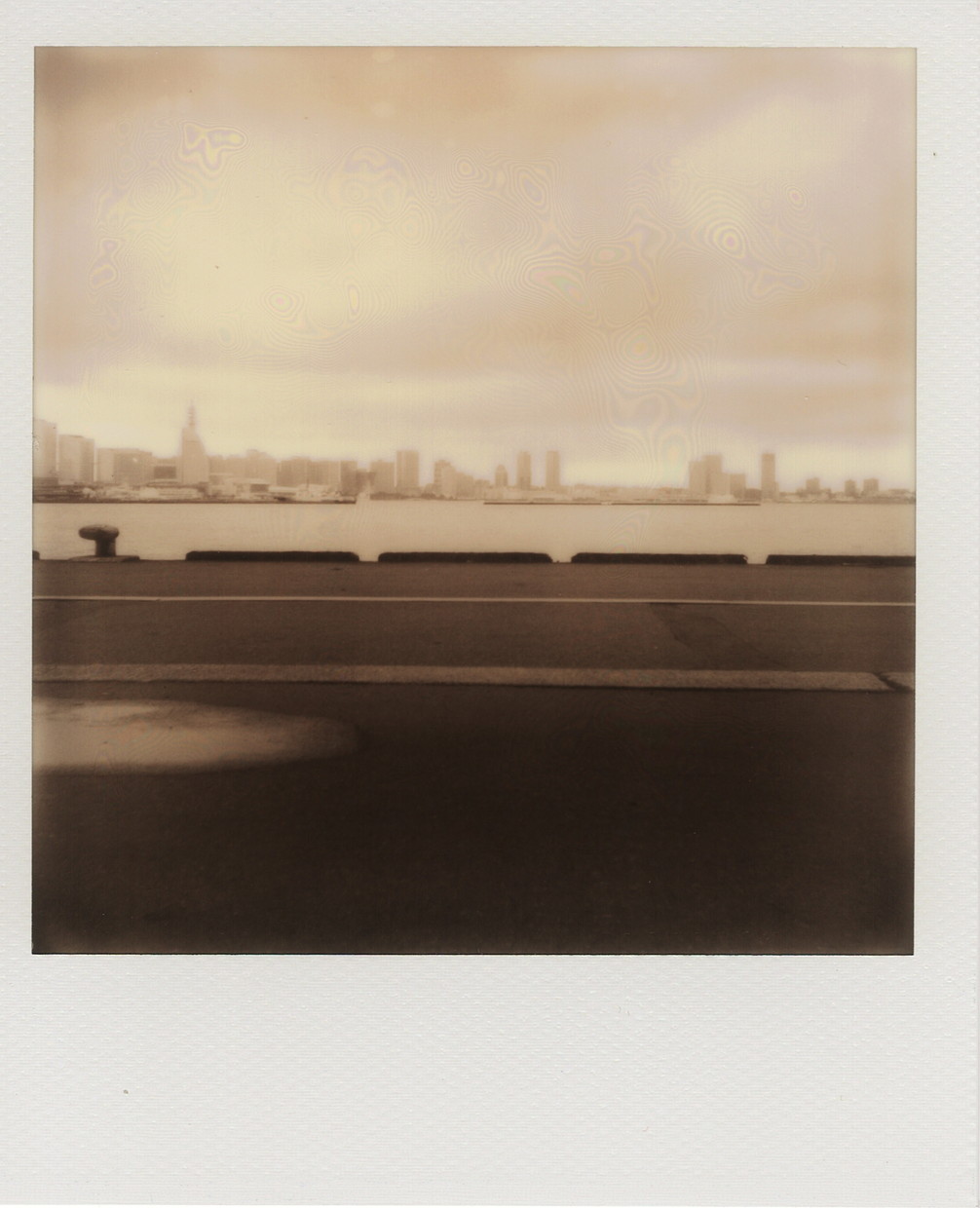
Polaroid B&W i-Type film + Polaroid I-1 / Kazutaka Kitamura 2020 Yamashita Pier
